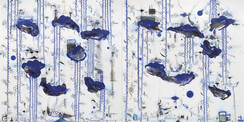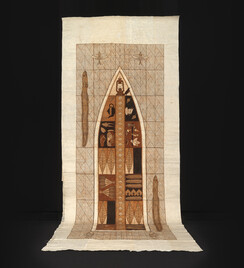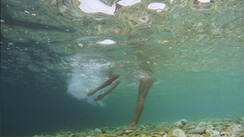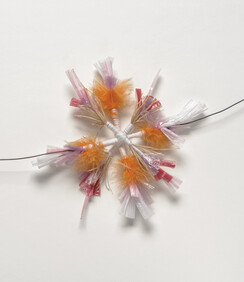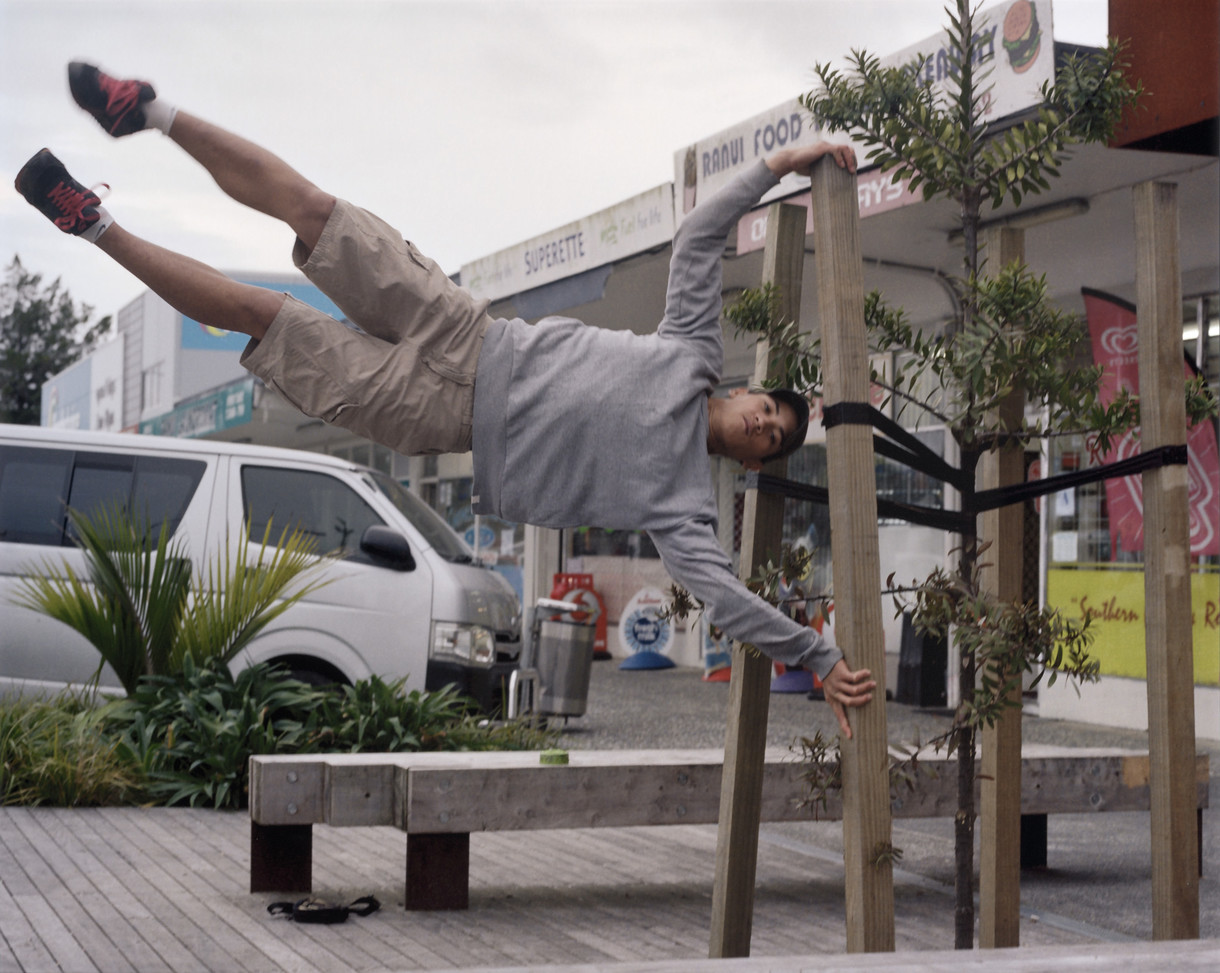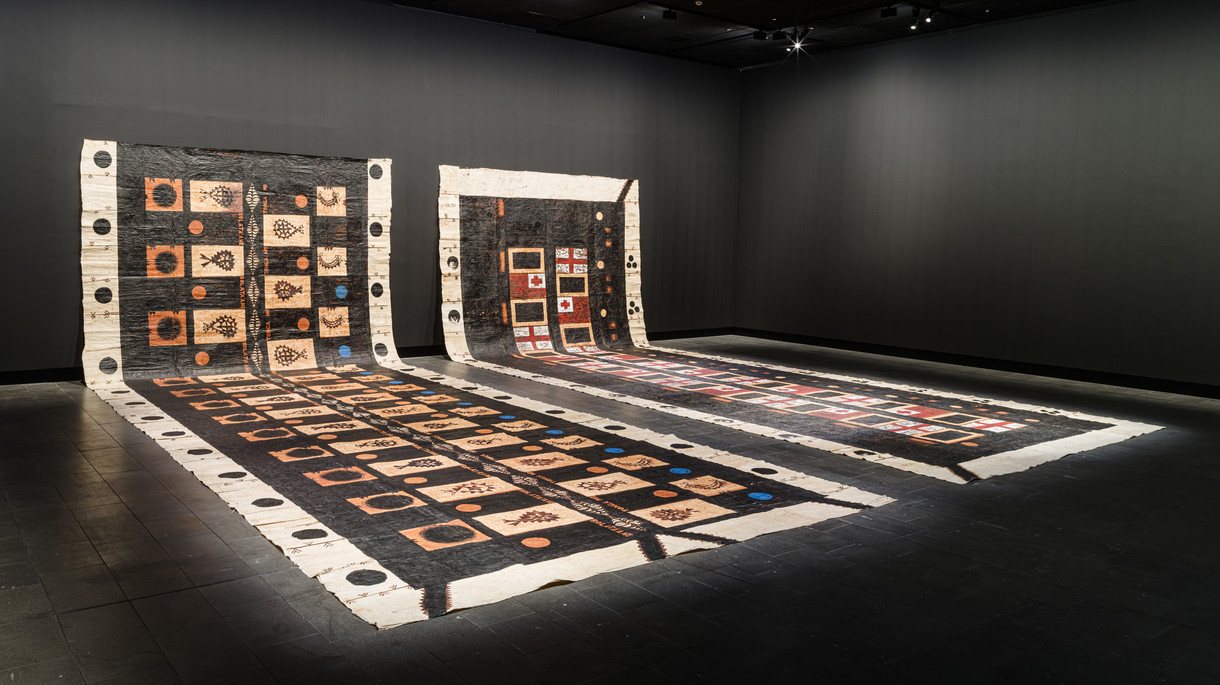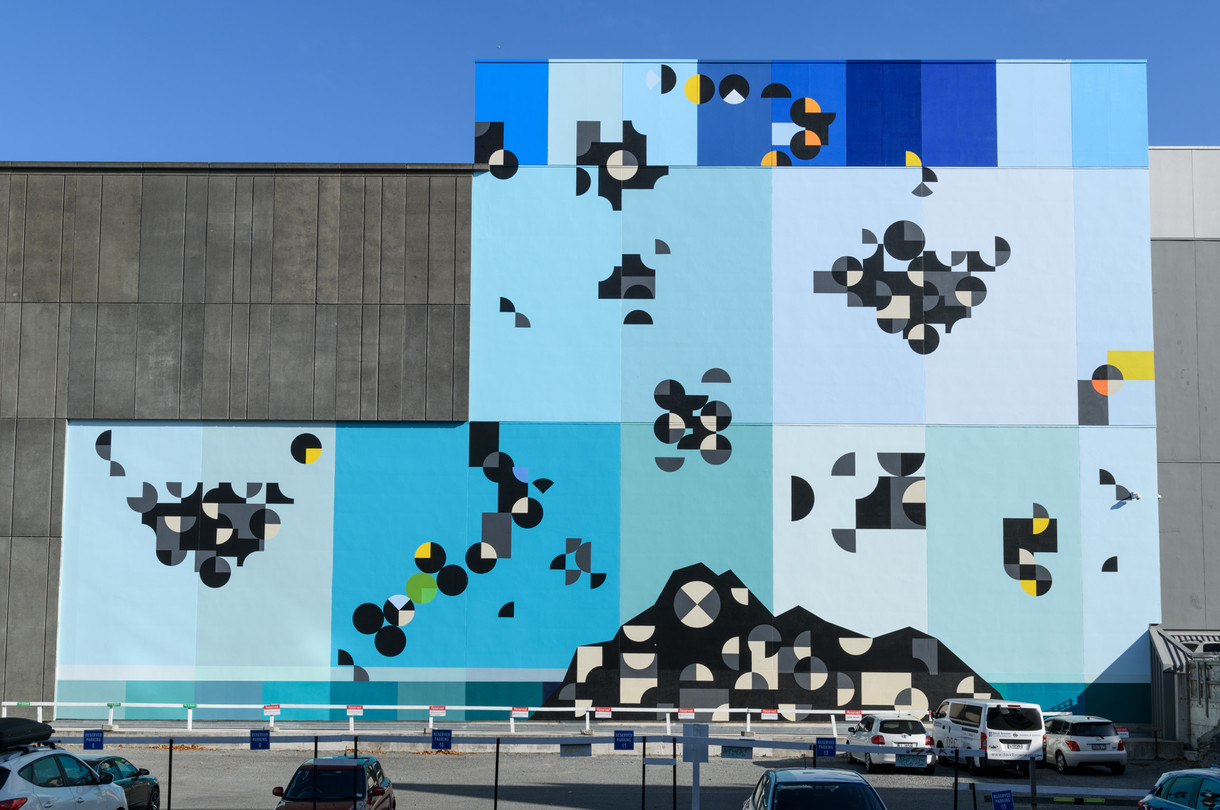This exhibition is now closed
Te Wheke: Pathways Across Oceania
30 May 2020 –
3 July 2022
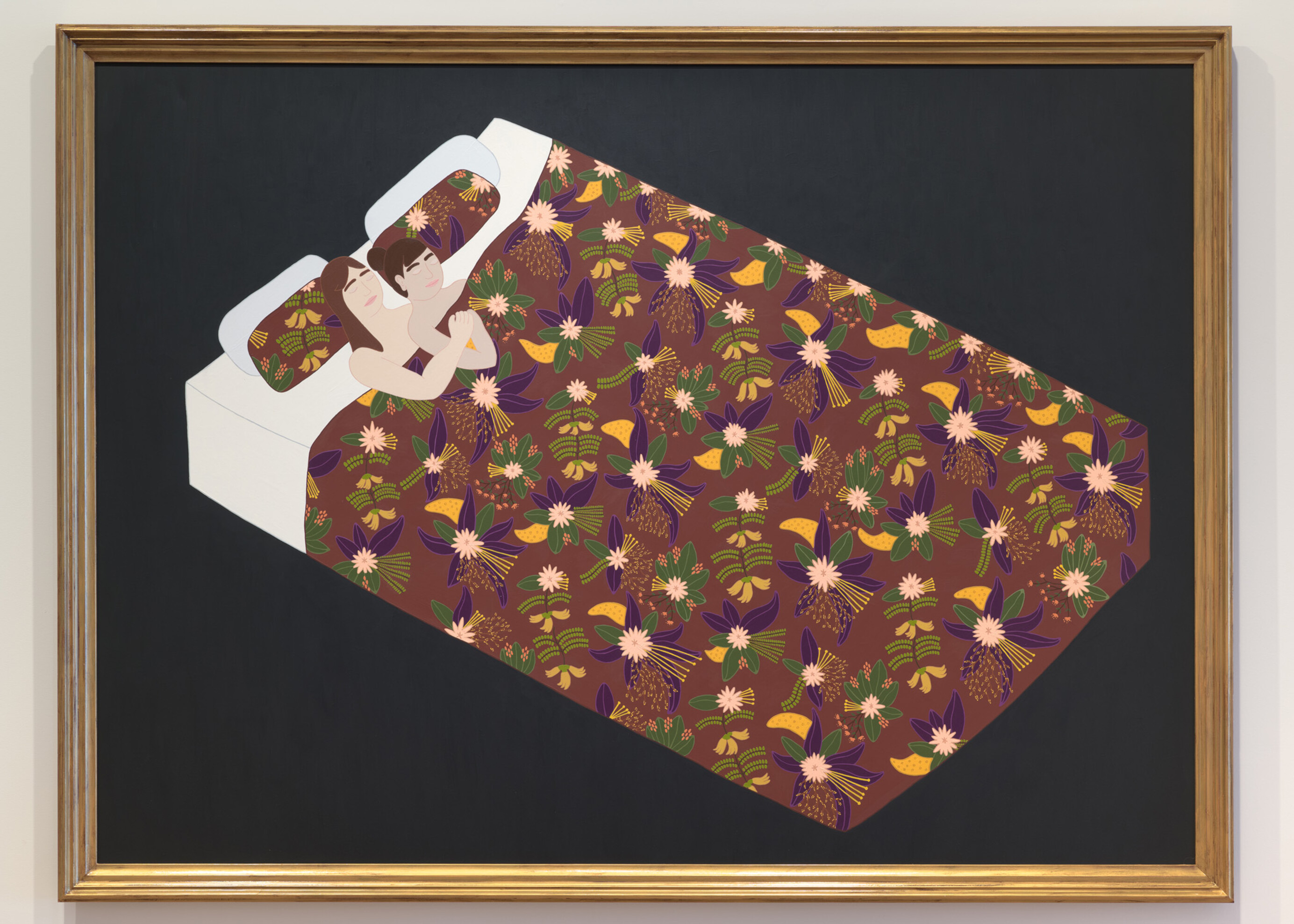
Ayesha Green All of my Lovers are Immigrants (Smooth my Pillow) (detail) 2020. Acrylic on canvas. Private collection
Experience the Gallery’s collection from the perspective of our place in Te Moana-nui-a-Kiwa, the Pacific Ocean.
Te Wheke means the octopus in te reo Māori. For many cultures around the Pacific Ocean, this resourceful, adventurous creature is a symbol of early voyages from the Polynesian homelands of Hawaiki. Full of stories of migration, connection and belonging, this huge new exhibition reflects the connections and tensions that shape our past, present and future.
Te Wheke includes tivaevae, raranga (weaving), whakairo (carving), painting, works on paper, video, sculpture, photography and installation art – all telling a new story of Aotearoa’s art history, looking from the Pacific outwards.
Developed in consultation with Stephanie Oberg.
Curator:
Stephanie Oberg
Peter Vangioni
Lara Strongman
Nathan Pōhio
Felicity Milburn
Ken Hall
Exhibition number: 1093
Collection works in this exhibition (114)
Avaiki

Nina Oberg Humphries
Roman Catholic Church, Apia (2013)

Yuki Kihara
After Tsunami Galu Afi, Lalomanu (2013)

Yuki Kihara
A Hot Drawing for a Tin Roof Painting
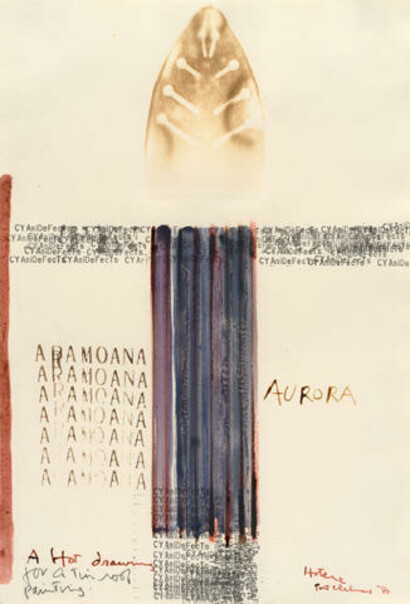
Ralph Hotere
Cottages, Taylors Mistake
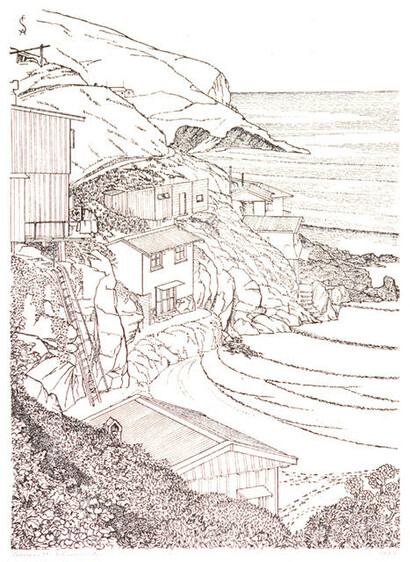
Francis A. Shurrock
Taylor's Mistake

E. Rosa Sawtell
Untitled [Te Onepoto/Taylors Mistake]
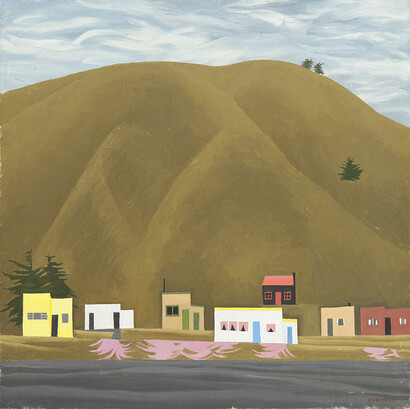
Bill Sutton
Untitled [Te Ihutai / Avon-Heathcote Estuary from Tauhinu Korokio / Mount Pleasant]

Cecil Kelly
Sista7
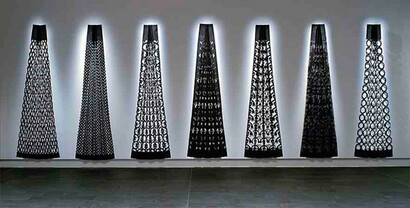
Lonnie Hutchinson
Cottages, Taylors Mistake
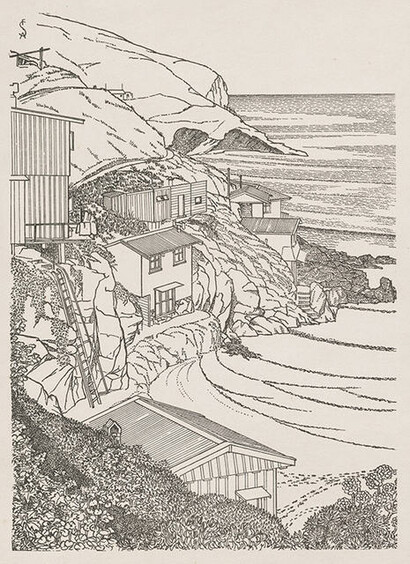
Francis A. Shurrock
The Mamakus
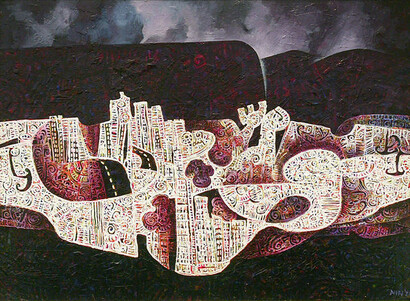
Buck Nin
Onekaka Estuary
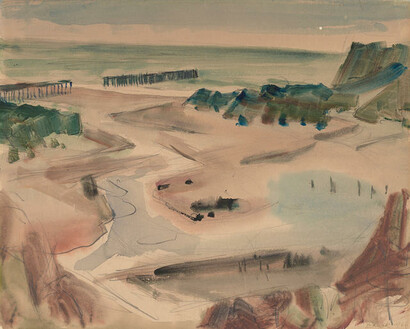
Doris Lusk
Acropolis, Onekaka (The Wharf)
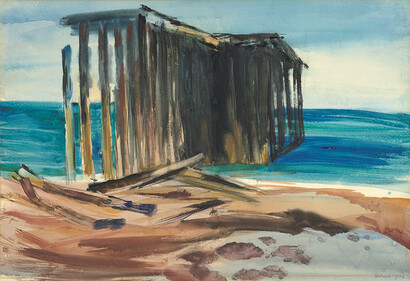
Doris Lusk
Blind V

Colin McCahon
Pacific cloud
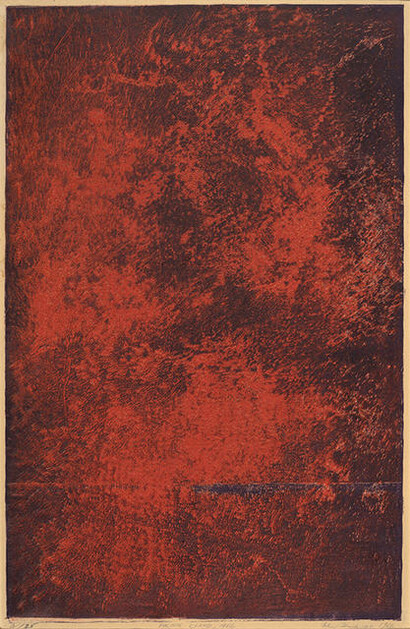
John Drawbridge
Pup Tent
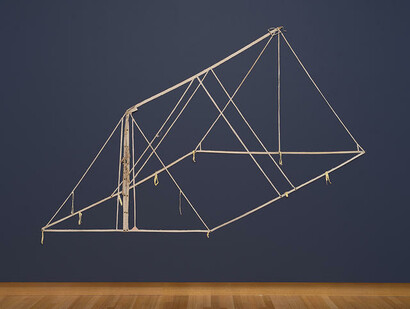
Pip Culbert
Pigeon Tarot
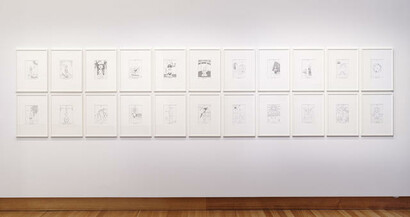
Lonnie Hutchinson
Large sculptural form
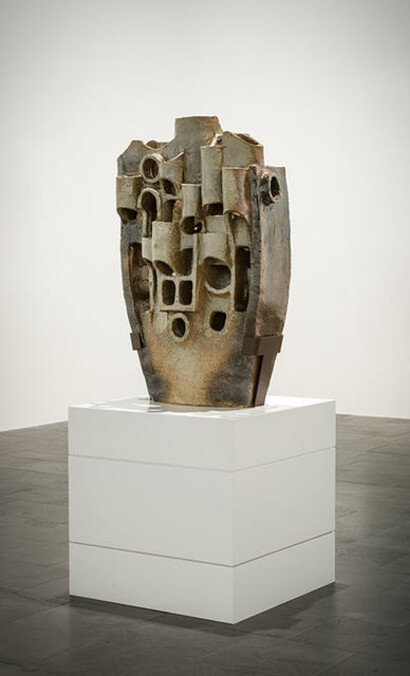
Roy Cowan
Untitled
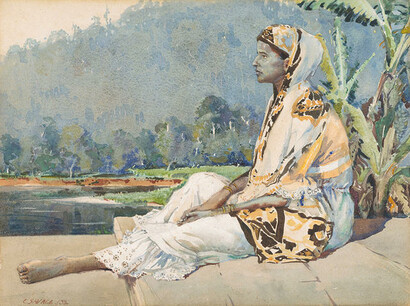
Cedric Savage
Landscape with Tower, Greymouth

Toss Woollaston
Filter Action, Aramoana

Andrew Drummond
Governors Bay
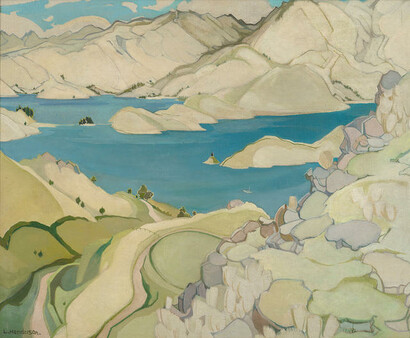
Louise Henderson
Mother

Joe Sheehan
Hill top watcher
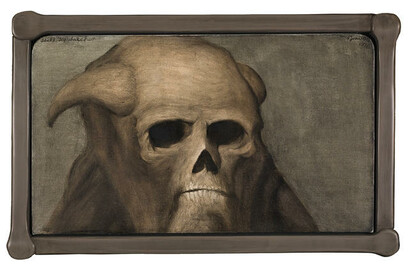
Tony Fomison
Japanese Planes, Rekata Bay, Santa Isabel, 1945

Russell Clark
Portrait of a Life-cast, possibly of ‘Taha-tahala’ [possibly Takatahara], Aotearoa New Zealand
Fiona Pardington
Portrait of a life-cast of ‘Pouka-lem’, Aotearoa New Zealand
Fiona Pardington
Mission Statement: First we take Island Bay then we take Berlin
Peter Robinson
Pathway to the Sea - Aramoana

Bill Culbert, Ralph Hotere
New Brighton
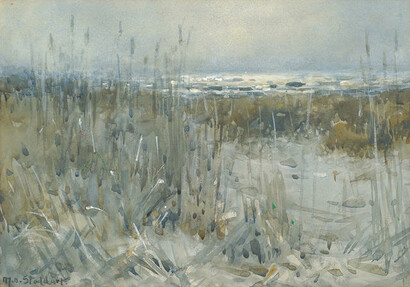
Margaret Stoddart
Kiss The Baby Good-Bye (the maquette)

Michael Parekowhai
Puahaere, Rangatira of Ngāti Pāoa
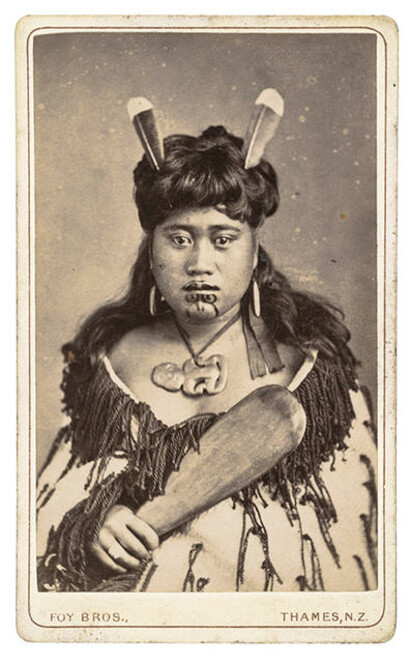
Foy Brothers
Takarangi

Shane Cotton
Untitled (Ross Ice Shelf, Antarctica)

Connie Samaras
The Haymaker Series I–V

Shane Cotton
Hard to Swallow (Be Careful Not to Cut Your Hand on the Tin When Opening)
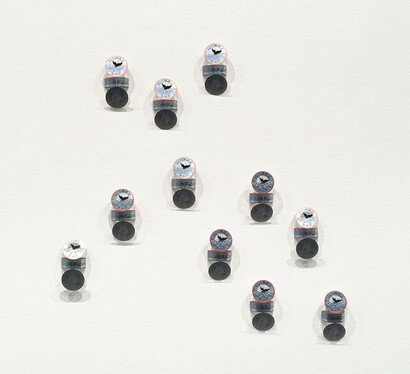
Graham Bennett
Tsunami No. 4, Tsunami No. 5, Tsunami No. 6
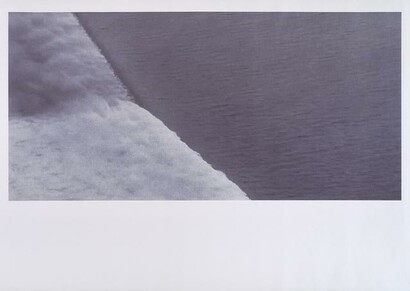
Kentaro Yamada
Atua (Psalm 130)
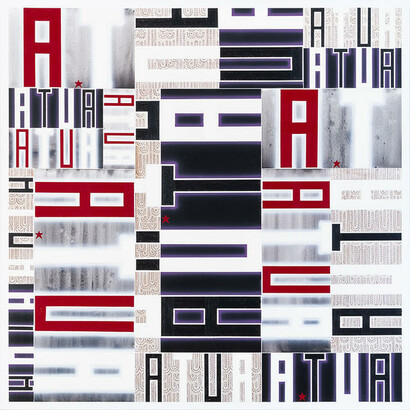
Darryn George
Pathway to the Sea - Aramoana

Ralph Hotere, Bill Culbert
Clouded Bay
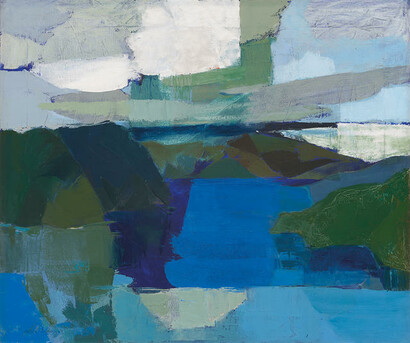
Vivian Lynn
Turtle, Crab, Crayfish, Shellfish, Clam, Sea Eggs

Michel Tuffery
Te Whare o Rangiora (Chair)
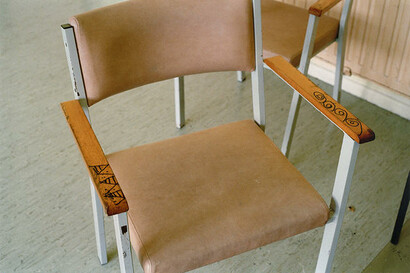
Neil Pardington
Sex Trade, Gift for Banks, Dancing Lovers, Sextant Lesson (18550) (19205)

Lisa Reihana
'etu iti

Ani O'Neill
Lick

Angela Tiatia
Te Mahara

Ngataiharuru Taepa
The House of Manu

Edith Amituanai
The Manu Lounge

Edith Amituanai
Stanford Family Pātaka Cabinet
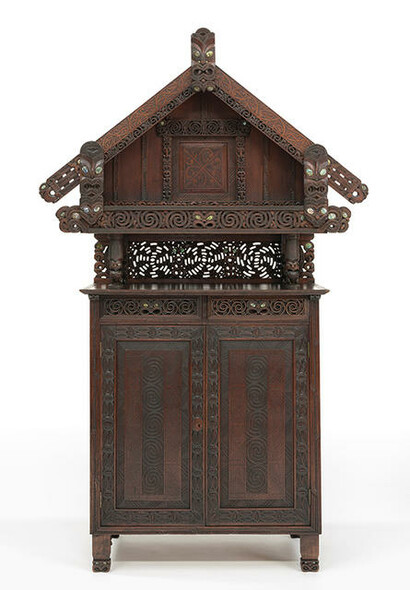
John Henry Menzies
Taylor's Mistake
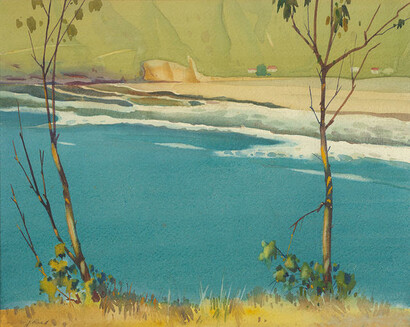
William James Reed
Governor's Bay

Evelyn Page
Peaks (The Other Side)
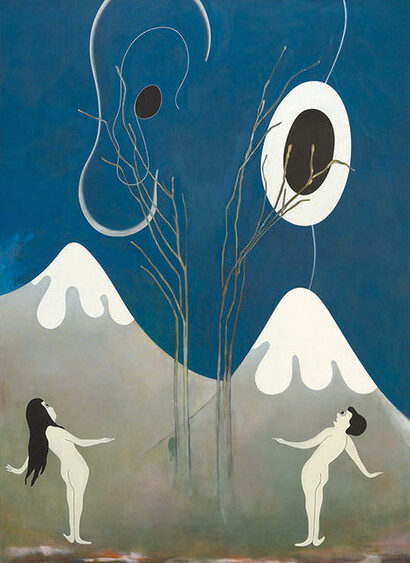
Brent Harris
Low-tide
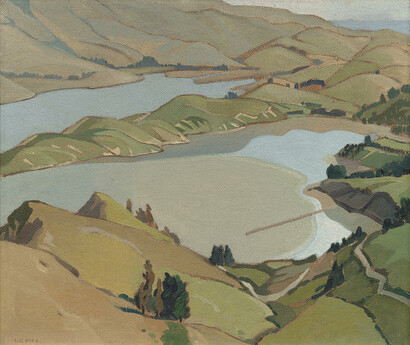
Ivy Fife
Lapita – Mulifanua
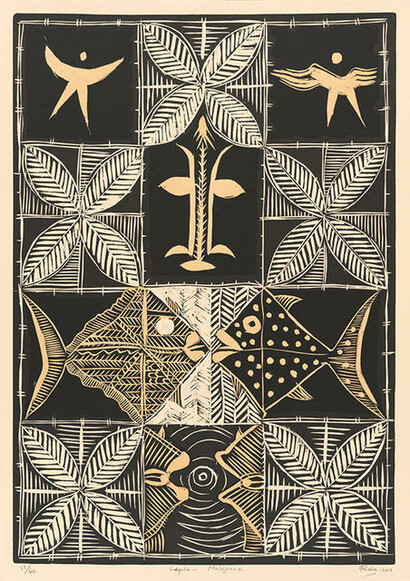
Fatu Feu’u
Lapita – Green

Fatu Feu’u
A69170
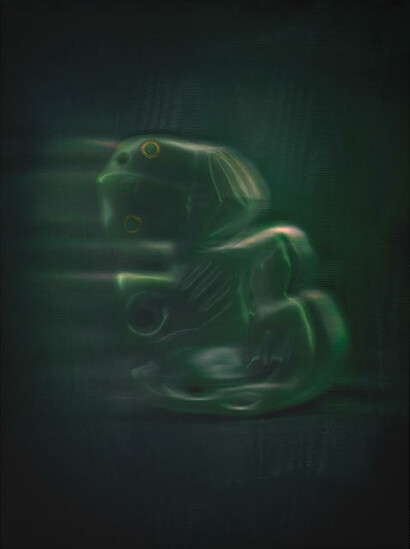
Fiona Pardington
My Ancestors Are Always with Me
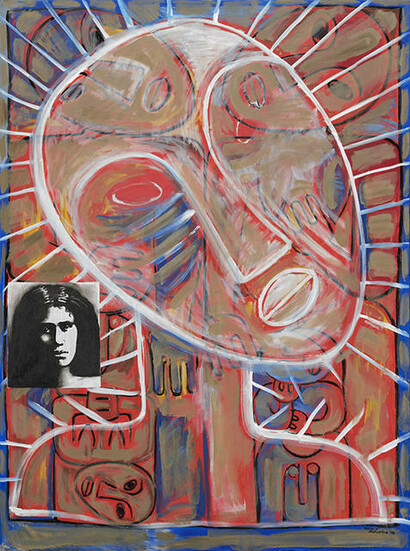
Robyn Kahukiwa
Not of This Time (Dreamland)
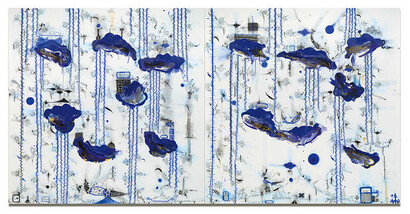
John Pule
At Taylor's Mistake
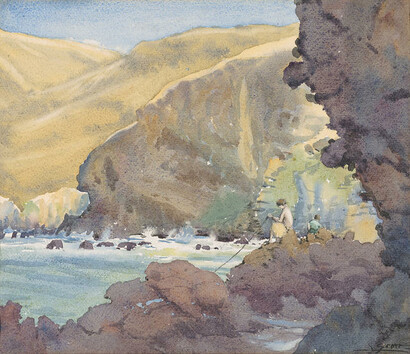
Lily Scott
King Tāwhiao Tūkāroto Matutaera Pōtatau Te Wherowhero (Ngāti Mahuta, Tainui)
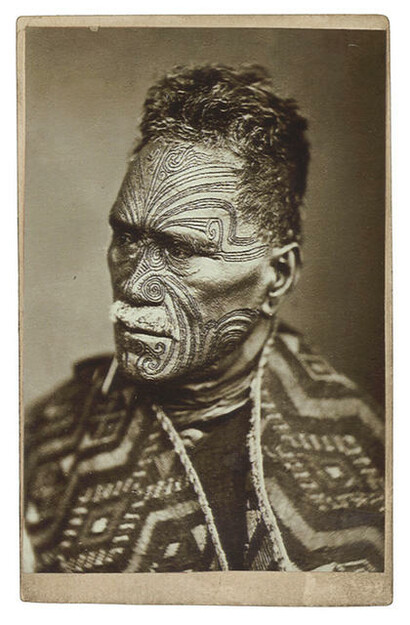
George Albert Steel, Elizabeth Pulman
Dispersed Humanoids Part I

Andy Leleisi’uao
Sentinels
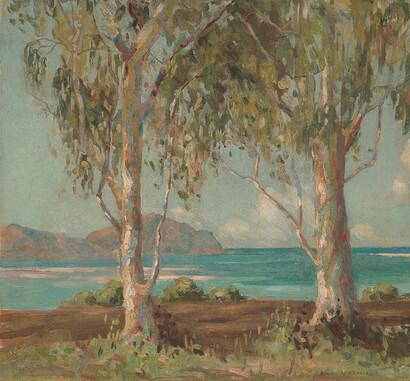
Rhona Haszard
We are the Small Axe
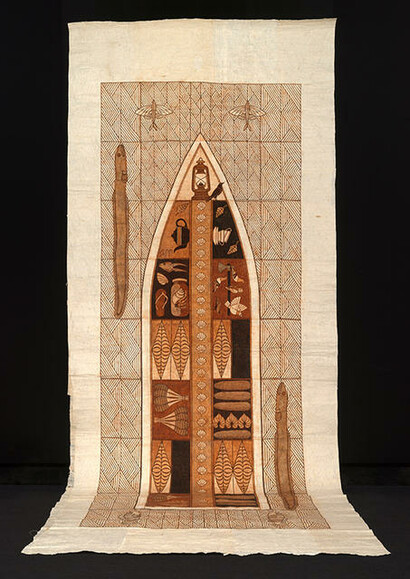
Robin White, Ruha Fifita
Adzan

Rozana Lee
the slow amputation of her protective arm
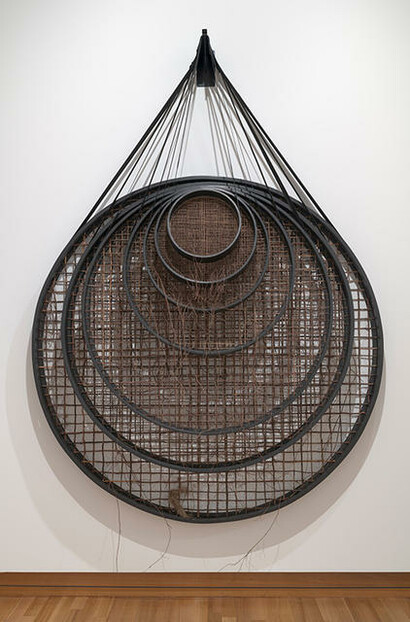
Melissa Macleod
Presqu'île de Banks; Pointe dite 'Des Charbonniers,' Akaroa : Pêche à la Seine
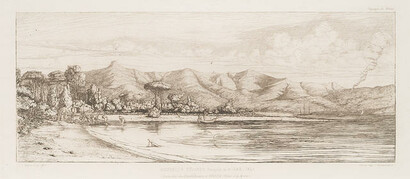
Charles Meryon
Returning Traces: our ancestors left us clues

Sione Tuívailala Monū
Koekilukilua
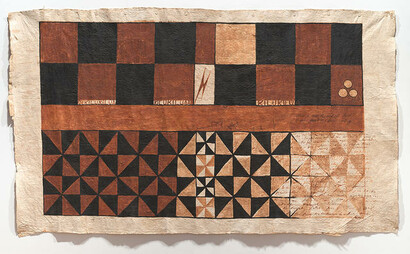
Kulimoe'anga Stone Maka
King Tāwhiao Tūkāroto Matutaera Pōtatau Te Wherowhero (Ngāti Mahuta, Tainui)

Gottfried Lindauer
Ina te Papatahi, a Ngāpuhi Chieftainess (Te Ngahengahe, Ngāpuhi)
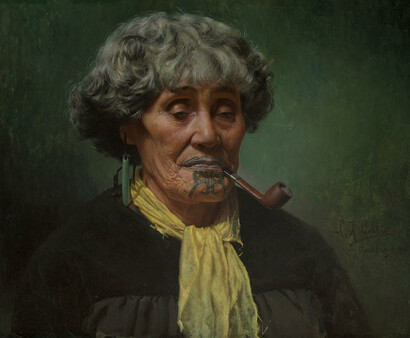
Charles Frederick Goldie
A Hot Day: Wiremu Pātara Te Tuhi (Ngāti Mahuta)
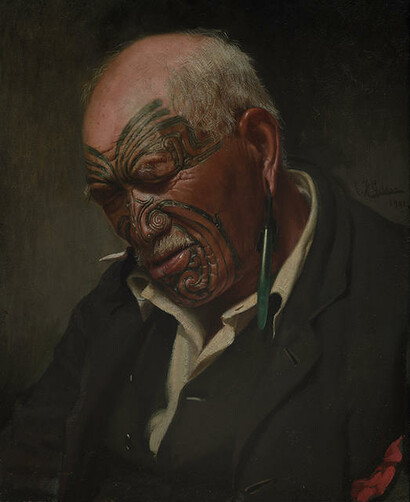
Charles Frederick Goldie
Study from Life or One of the Old School, Wiremu Watene Tautari (Ngāti Whātua)

Charles Frederick Goldie
Ana Reupene Whetuki and Child (Ngāti Maru) [also known as Heeni Hirini and Heeni Phillips]
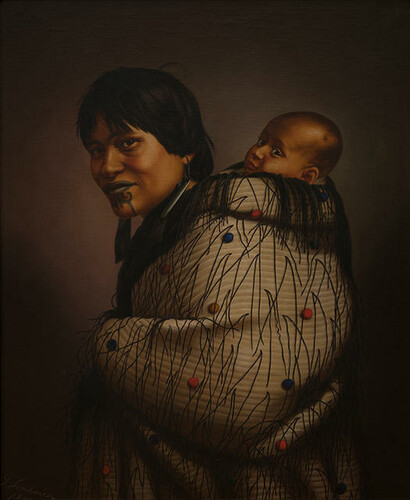
Gottfried Lindauer
Fisherman’s Hut, Redcliffs

Edith Munnings
Rakapa, an Arawa Chieftainess: Rakapa Te Tira (Ngāti Te Takinga, Ngāti Pikiao, Te Arawa) [also known as Rakapa Manawa/Ngatatau/Rapana/Mitai]
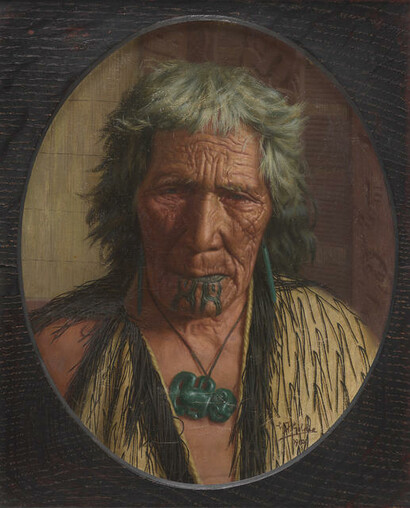
Charles Frederick Goldie
Motueka Foreshore Landscape

Toss Woollaston
Océanie, Îlots a Uvea (Wallis), Pêche aux Palmes, 1845
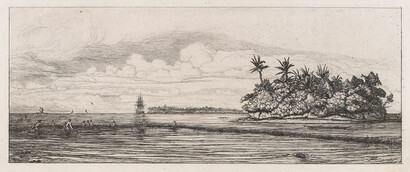
Charles Meryon
The Destruction Of O-tu-matu Goose Bay
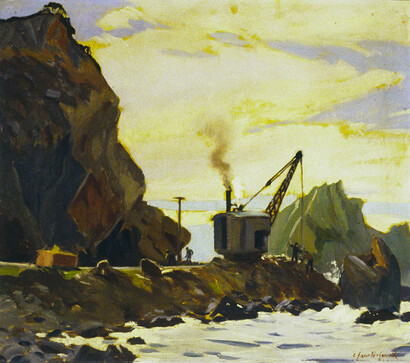
Colin S. Lovell-Smith
View from the Pier
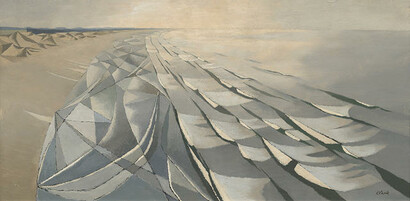
Russell Clark
Untitled (‘And I Through This, And Into This Earth, Pafet Terra’)

Pauline Rhodes
Aramoana - Drawing for a Black Window
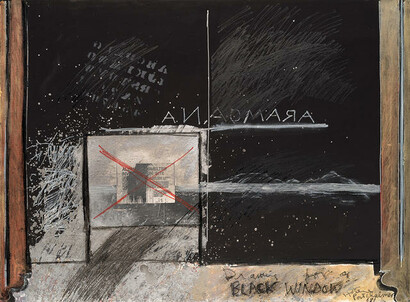
Ralph Hotere
Aramoana Soup
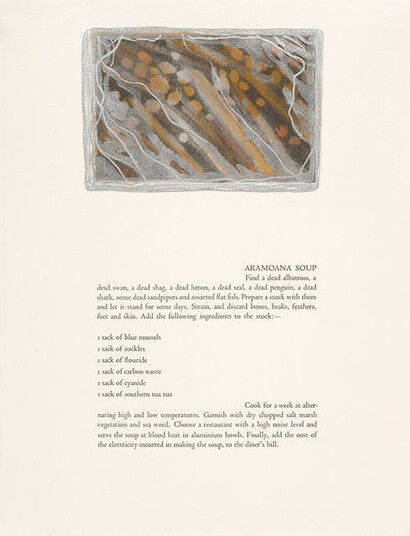
Marilynn Webb
1984 No. 9

Ralph Hotere
Harbour, Akaroa
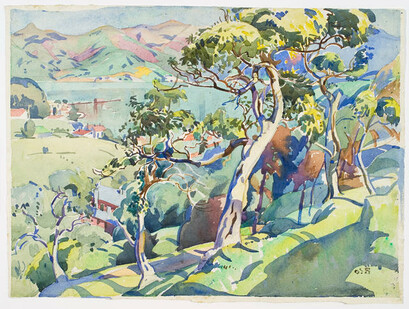
Olivia Spencer Bower
Volcanic Harbour

Russell Clark
Merata - Film Maker
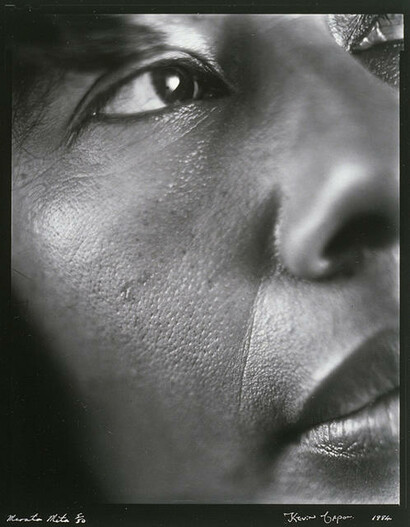
Kevin Capon
Ralph Hotere - Painter/sculptor
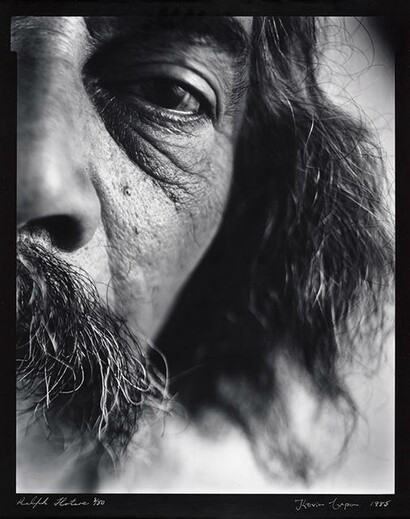
Kevin Capon
Pathway to the Sea - Aramoana
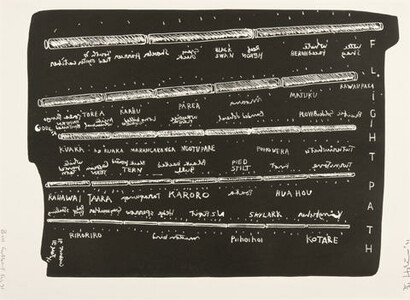
Ralph Hotere, Bill Culbert
Pathway to the Sea - Aramoana
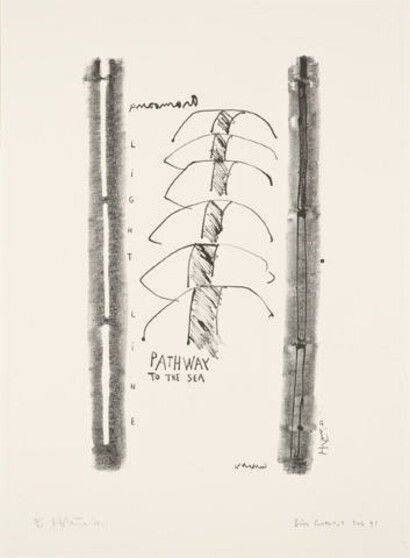
Bill Culbert, Ralph Hotere
Pathway to the Sea - Aramoana

Ralph Hotere, Bill Culbert
Pathway to the Sea - Aramoana
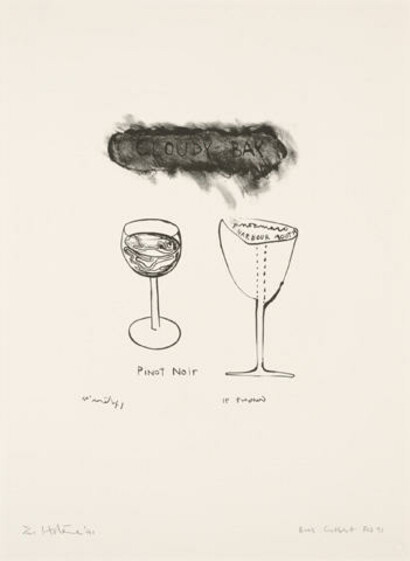
Bill Culbert, Ralph Hotere
Pathway to the Sea - Aramoana
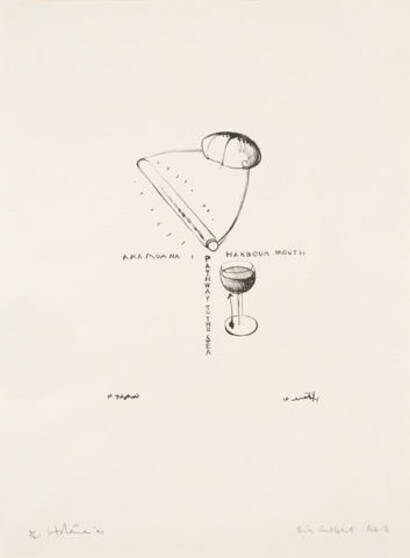
Ralph Hotere, Bill Culbert
Pathway to the Sea - Aramoana
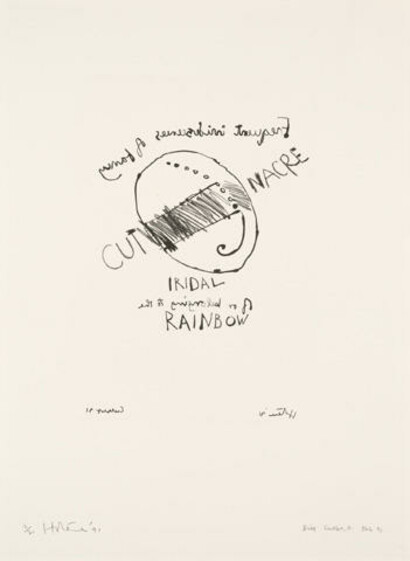
Bill Culbert, Ralph Hotere
Pathway to the Sea - Aramoana
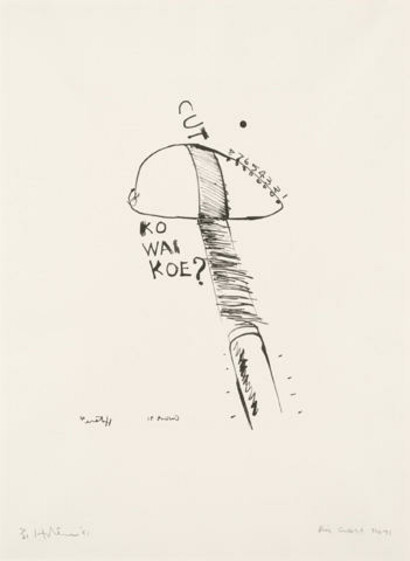
Bill Culbert, Ralph Hotere
Pathway to the Sea - Aramoana
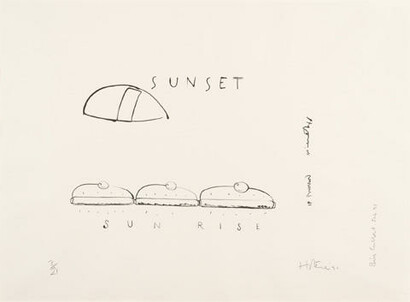
Ralph Hotere, Bill Culbert
Pathway to the Sea - Aramoana

Ralph Hotere, Bill Culbert
Pathway to the Sea - Aramoana

Ralph Hotere, Bill Culbert
Pathway to the Sea - Aramoana

Ralph Hotere, Bill Culbert
Untitled [T & G Mural]
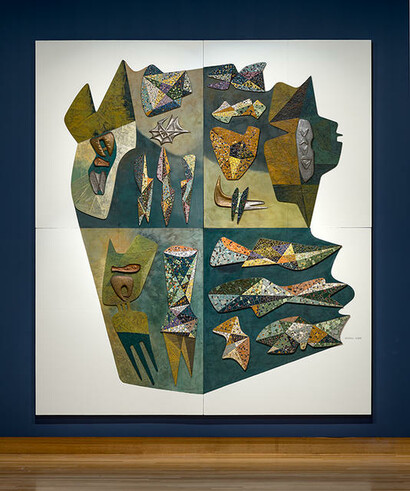
Russell Clark
Untitled (Process: Break Boundaries Cut Through)

Pauline Rhodes
Untitled (Action Overground)
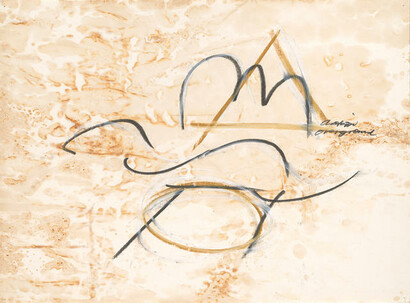
Pauline Rhodes
Untitled (Process Reform)
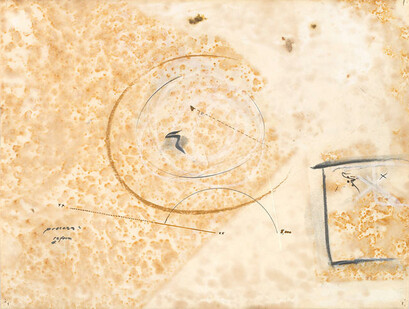
Pauline Rhodes
Untitled
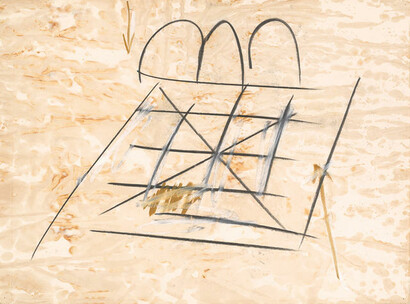
Pauline Rhodes
Untitled (Squaring Off The Circle)
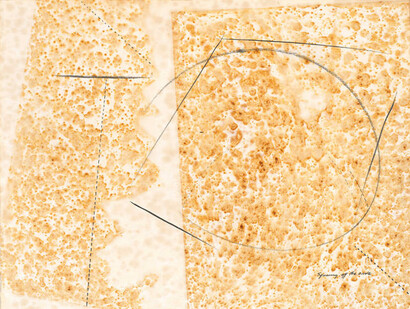
Pauline Rhodes
Evening
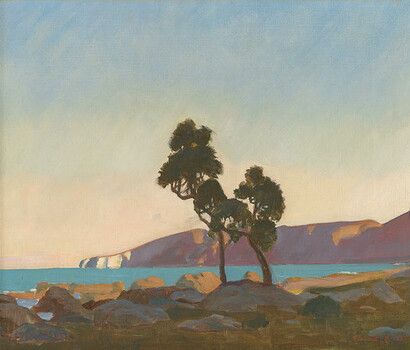
Colin S. Lovell-Smith
On the Waterfront, Papeete

Margaret Stoddart
The Fall of Icarus (after Bruegel)
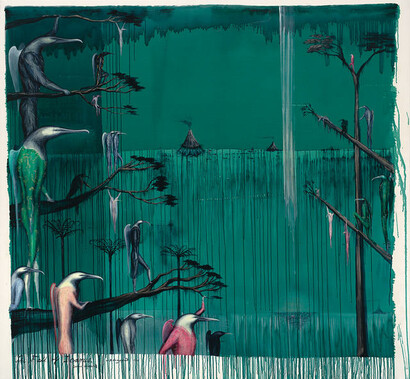
Bill Hammond
Outrigger Canoe, Samoa
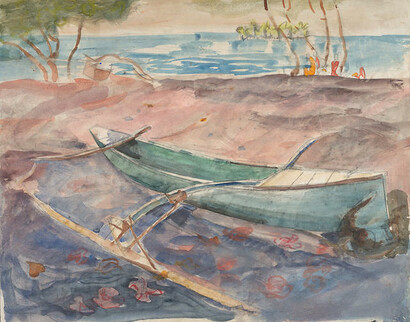
Olivia Spencer Bower
Untitled
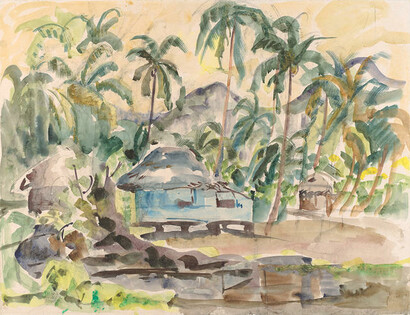
Olivia Spencer Bower
Beach Figure I

Russell Clark
The Island Trader
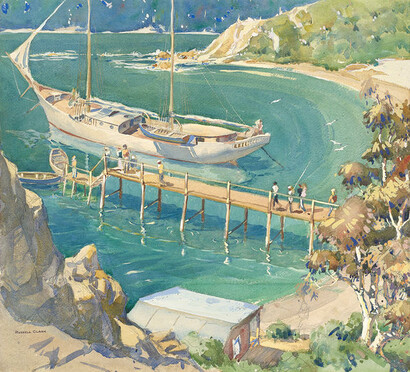
Russell Clark
Diamond Harbour

Margaret Stoddart
Take heart
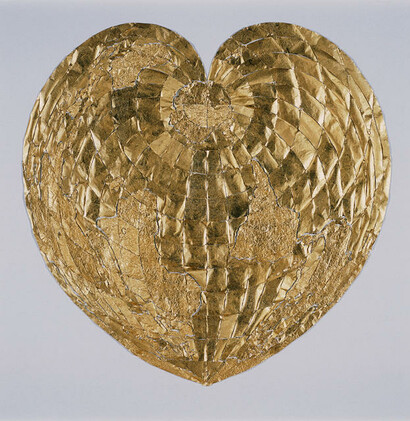
Ruth Watson
The Māori Settlement, Purau Bay, Port Cooper
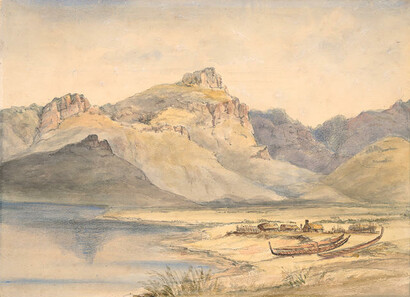
Richard Aldworth Oliver
Related
film
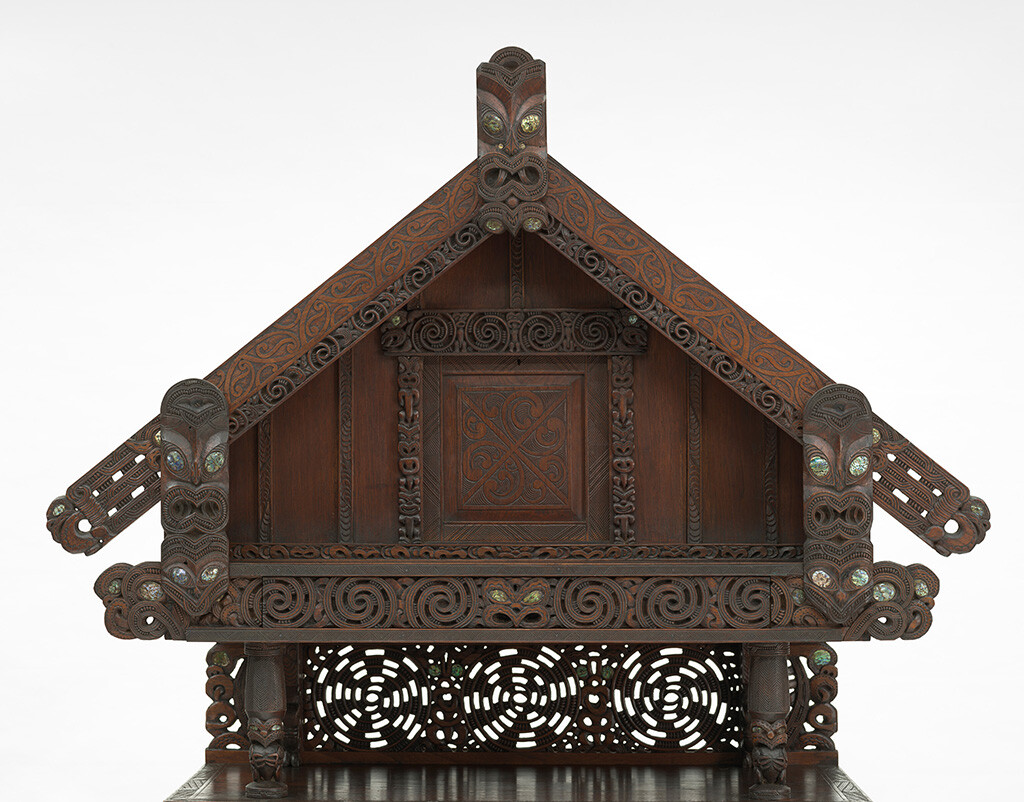
John Henry Menzies - The Stanford Pātaka Cabinet
A film about the Stanford Pātaka Cabinet, jointly owned by Akaroa Museum and Christchurch Art Gallery Te Puna o Waiwhetū. Written by Dan Smith, produced and directed by Chris Pole.
film
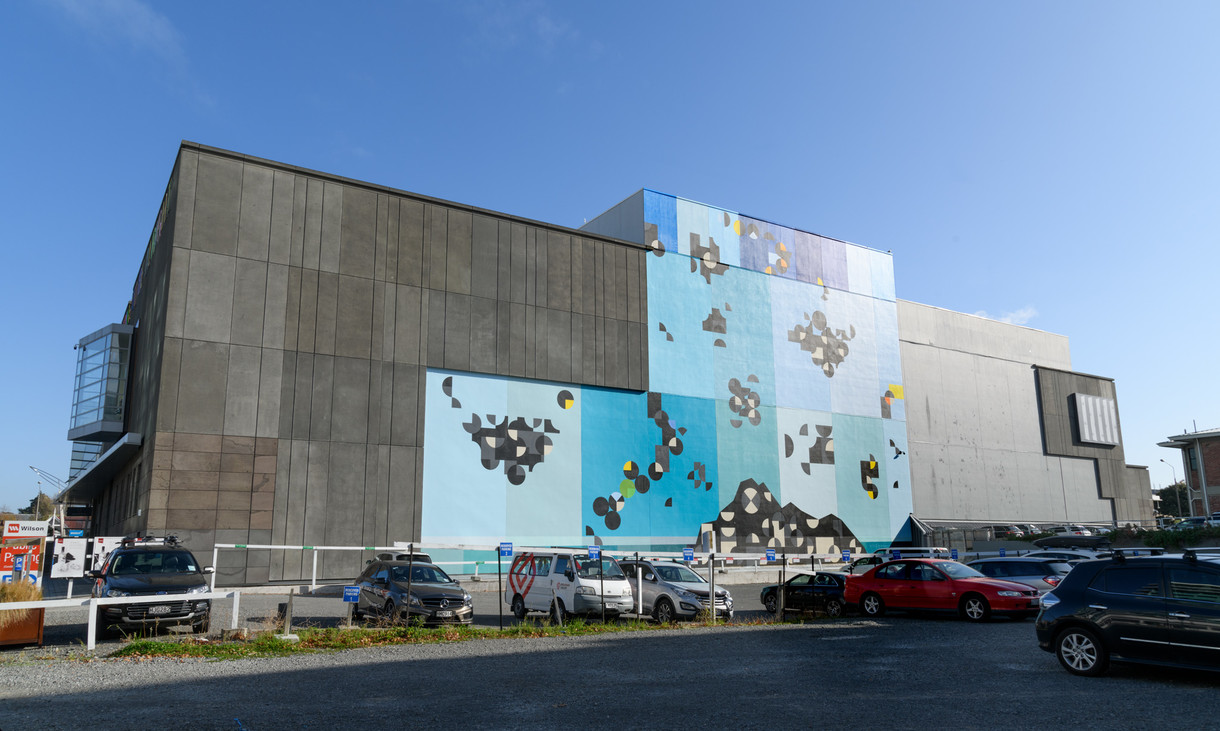
Kelcy Taratoa: Te Tāhū o ngā Maunga Tūmatakahuki
This timelapse video shows the installation of a vast new painting by Kelcy Taratoa about how we are bound together.
Echoing the overlapping forms of the Māori art of tukutuku, this vividly coloured wall painting by Kelcy Taratoa weaves together a story of exploration and connection. Spanning 36 metres across Christchurch Art Gallery Te Puna o Waiwhetū’s outer east wall, best viewed from Gloucester Street, it's about everything that binds us together, from the ocean to the stars. This painting, and another related wall painting inside, were commissioned to accompany the major exhibition Te Wheke: Pathways Across Oceania. Taratoa worked with the support of mana whenua to ground the work in local narratives that relate to discovery and whakapapa. Within the painting’s abstract composition are islands, a maunga (mountain) and kāhui whetū (cluster of stars). They relate to early voyages of discovery across the Pacific and how whakapapa (genealogy) can unite people in a common kaupapa, or purpose.
Exhibition
He Kapuka Oneone – A Handful of Soil
From 24 August 2024
Exploring the relationship between tākata and whenua – people and land – through Aotearoa New Zealand’s art history.
Exhibition
Perilous: Unheard Stories from the Collection
6 August 2022 – 21 July 2024
Making room for fresh voices, untold narratives and disruptive ideas.
Exhibition
Kulimoeʻanga Stone Maka: Toga mo Bolataʻane
9 September – 17 October 2021
Monumental contemporary ngatu tā’uli by local Tongan artist Kulimoe’anga Stone Maka.
Exhibition
Kelcy Taratoa: Te Tāhū o ngā Maunga Tūmatakahuki
Ongoing
A vast painting by Kelcy Taratoa about how we are bound together.
Commentary
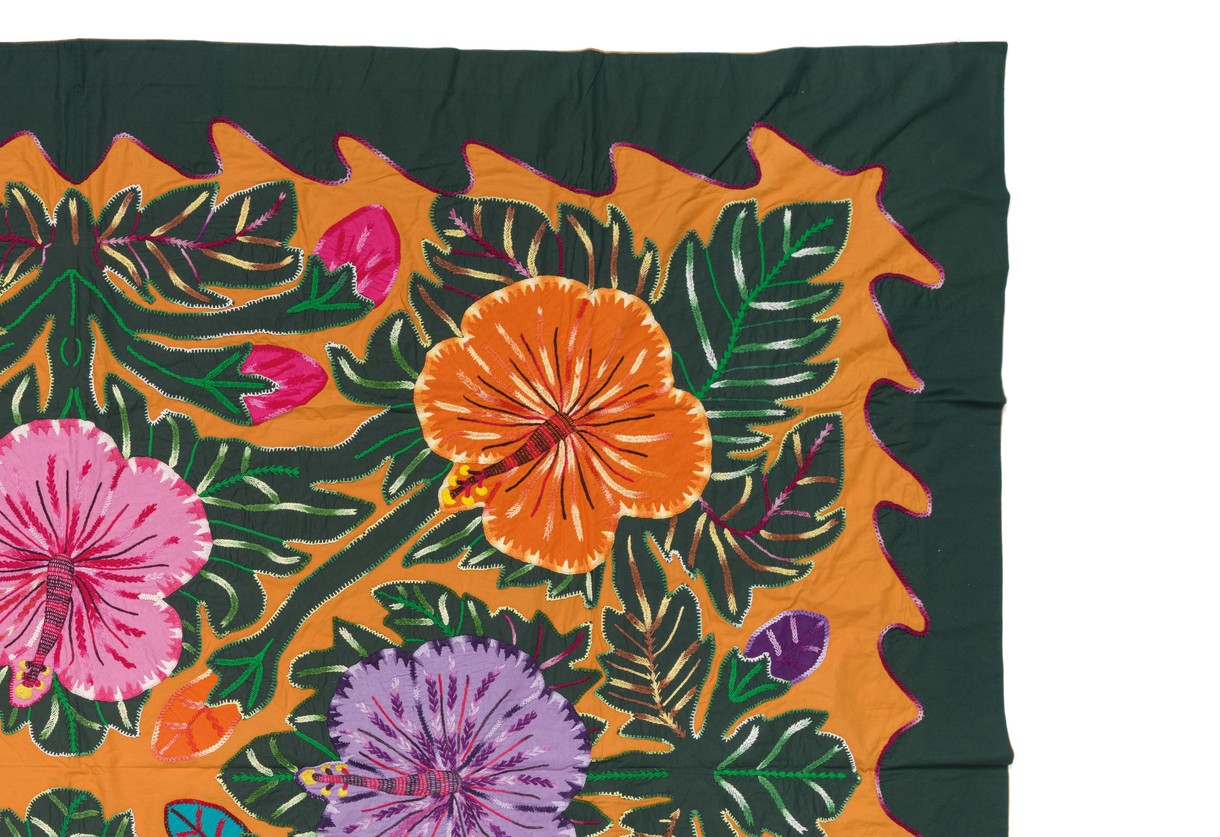
Looking After Your Taonga
How do you care for textile-based artworks if you have them at home? Bulletin asked some experts for their tips and advice.
My Favourite

Lisa Reihana – Sex Trade, Gift for Banks, Dancing Lovers, Sextant Lesson (18550) (19205)
Dear Sex Trade, Gift for Banks, Dancing Lovers, Sextant Lesson (18550) (19205),
I’m surprised to see you here, and I’m conflicted.
At once I love you then I hate you. Do you remember the first time I saw you in your entirety? It was bitterly cold, an unexpected Toronto snowstorm and I hid from the sleet in the warm Galleria Italia at the newly renovated Frank Gehry architecturally designed and renamed Art Gallery of Ontario. (10-year-old Juanita did not foresee this future for herself, she was hungry for food… Now she’s hungry for art and meaning, how wanky! Te Kore, Te Pō, Te Ao, born, live, die.)
Commentary
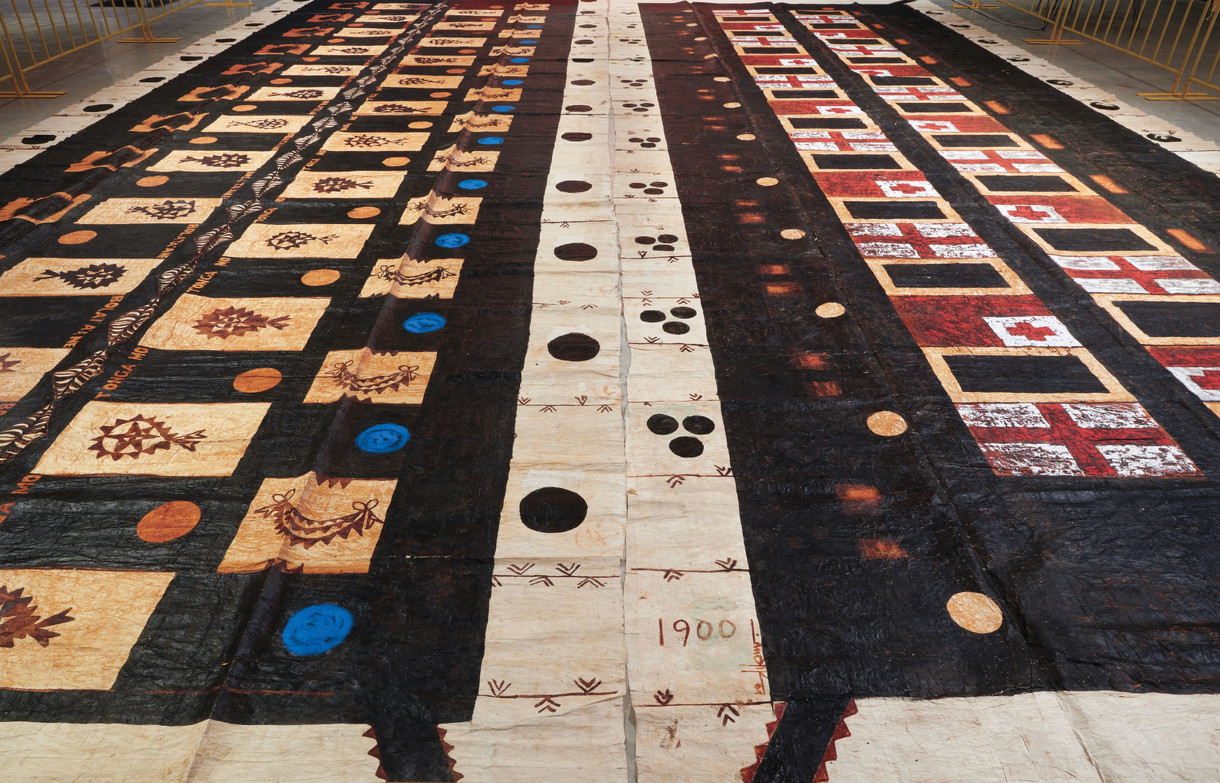
The Meeting of Two Queens
A blue dot – warm, mid-blue – that repeats across Tongan artist Kulimoe'anga Stone Maka’s ngatu tā'uli Toga mo Bolata'ane (Tonga and Britain) (2008–10) recalls the first time the artist saw blue eyes.
Commentary
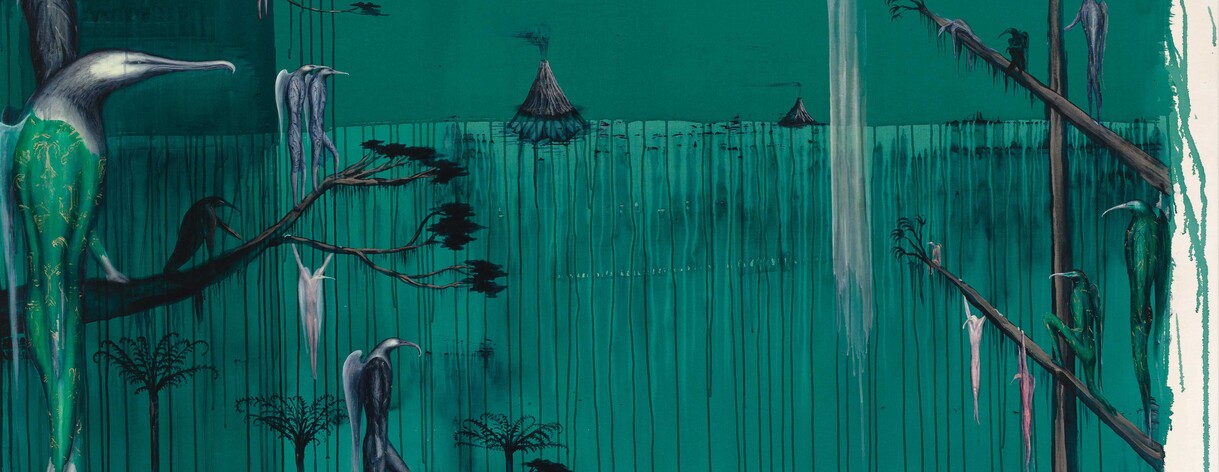
The Edge of the Sea
A vision of New Zealand’s past from 1995:
Europeans first imagined New Zealand as “a garden and a pasture in which the best elements of British society might grow into an ideal nation”... When the smoke of the colonists’ fires cleared at the end of the 19th century, New Zealand had become a different country. Māori had lost their most precious life-support system. Only in the hilliest places did the forest still come down to the sea. Huge slices of the ancient ecosystem were missing, evicted and extinguished. Our histories, however, have had neither the sense of place nor ecological consciousness to explain what has happened.
Commentary
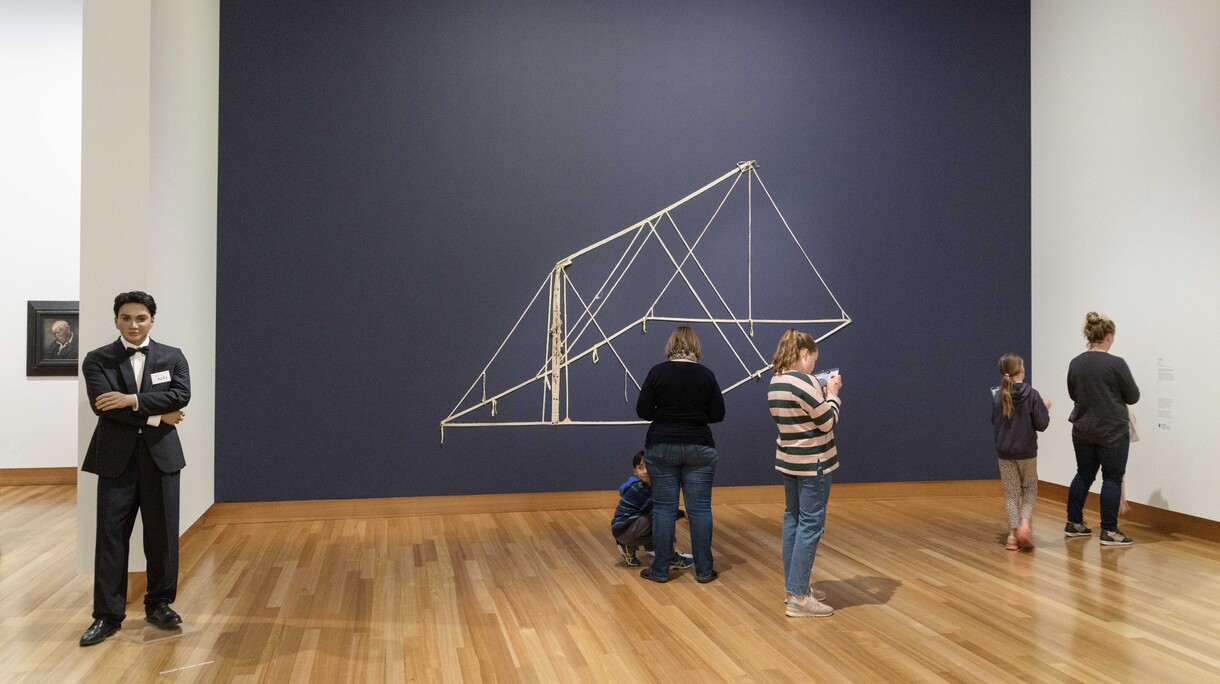
Temples for Curious Minds
I want to tell you a story. A ‘curiodyssey’ (which by the way, I thought I’d made up but is the name of an actual museum in California). So, a curiodyssey of happy places, told through the science of wellbeing.
Director's Foreword
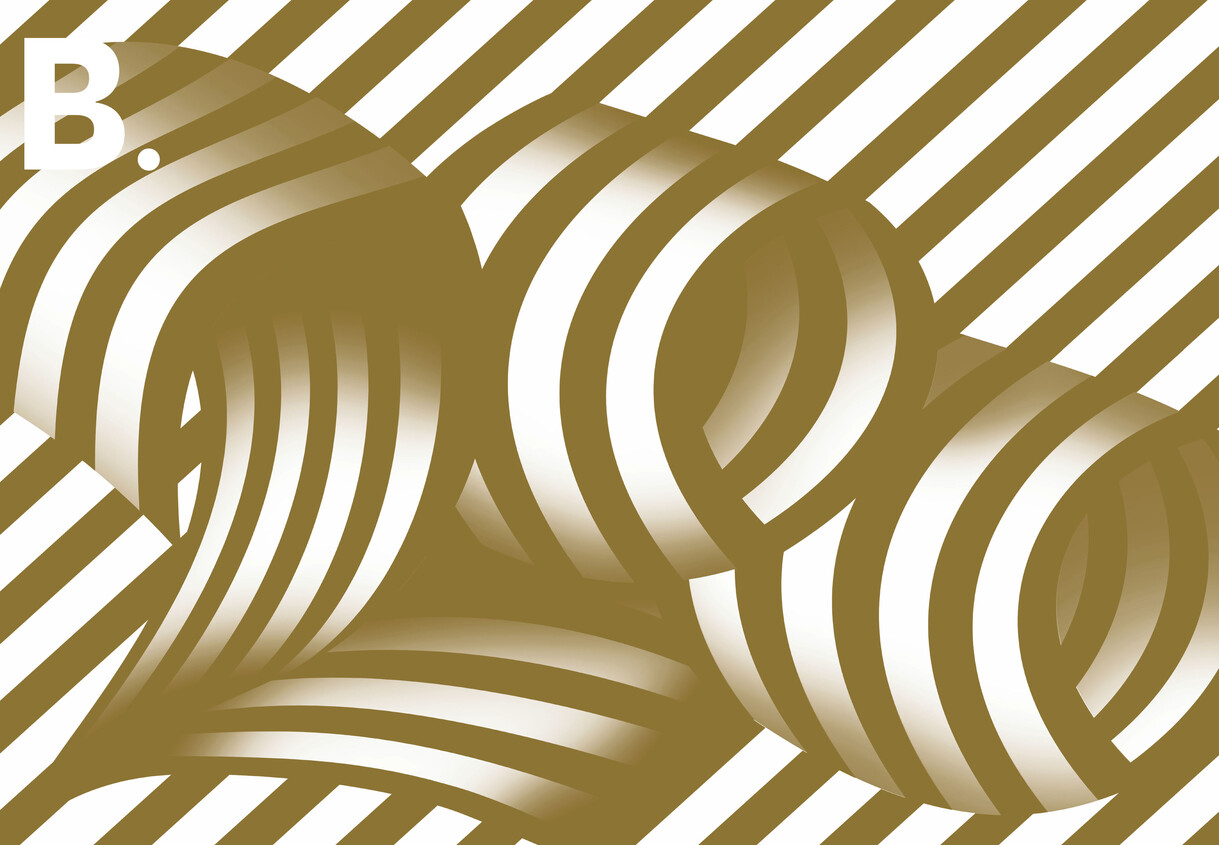
Director's Foreword
Welcome to the winter edition of Bulletin. This issue is special for a range of reasons; some positive, some less so. It’s an anniversary for us, and a rather big celebration—our 200th issue. Since Bulletin’s humble beginnings in 1979, under the directorship of Rodney Wilson and driven by then education officer Ann Betts, this magazine has grown to become an award-winning and industry leading publication that is highly respected by our peers. It’s now one of our most important means of communicating with you, our audience, and a vital place for us to collate our thinking.
Commentary

Identities of Journey and Return
It was the novelty of seeing white people rendered by a Japanese artist that tickled me when I first saw Utagawa Sadahide’s woodblock prints of foreigners in Yokohama in the 1860s. There’s something slightly clumsy about the Westerners’ exaggerated noses and the forced rounding of their eyes. You can sense, in these images, the artist’s struggle to detach himself from the conventions of Japanese art and beauty; his lines waver here, unlike his assertive depictions of long, flat Japanese faces in earlier prints.
Commentary

Where in the World? Placing New Zealand in the Pacific
“It is a strange fact that New Zealand can be literally all at sea in the Pacific Ocean, and yet pay that ocean, and neighbours and relations within it, so little attention.”
— Damon Salesa, Sāmoan historian
“… this small and very British country is producing some honest and lively artists whose eyes open upon a land not at all like England, but whose minds are formed in the living tradition of Western culture.”
— Helen Hitchings, New Zealand gallerist
Commentary
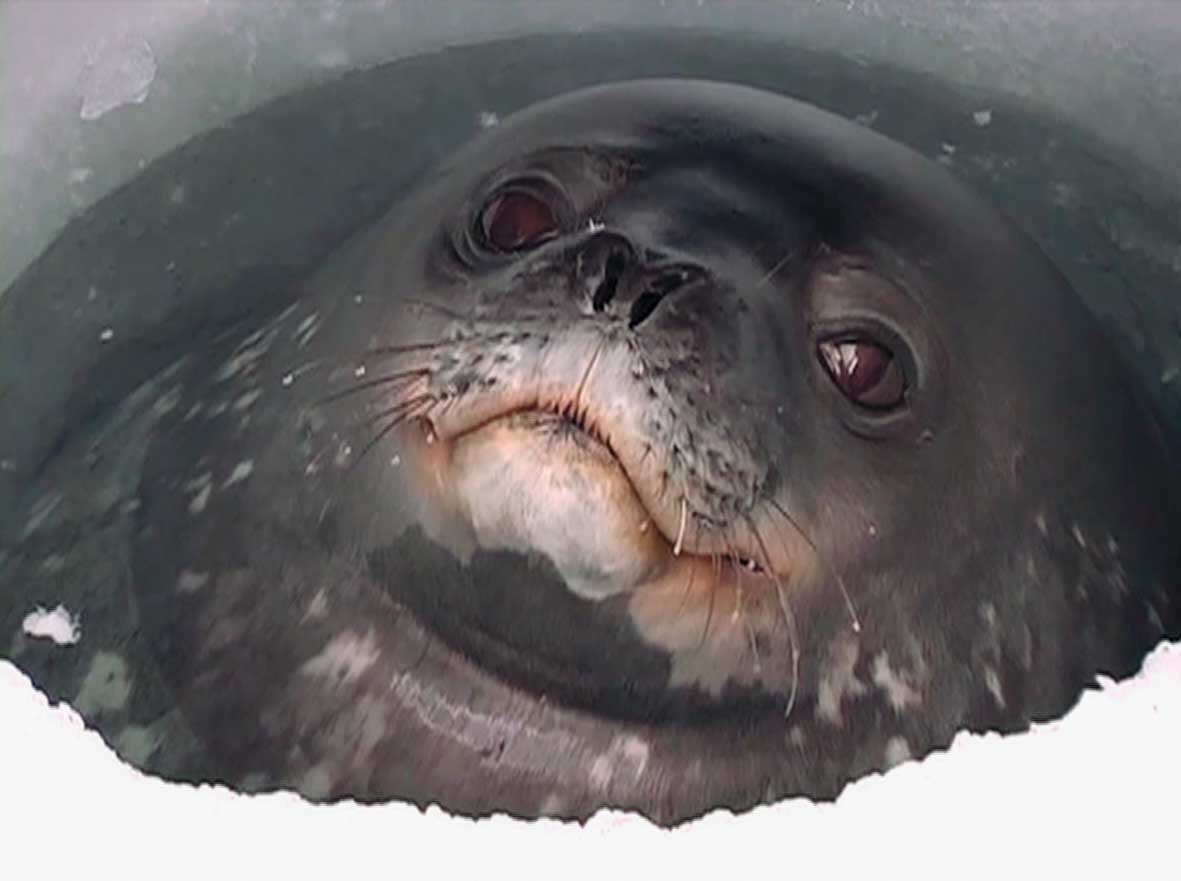
The Seas are Rising: So Are We
In Te Ao Māori the whakataukī “He toka tū moana” pays homage to the rock that withstands the sea as a metaphor for human strength in our cultural or political beliefs, whatever may come. But while the rock is steadfast, the octopus Te Wheke is a shape-shifter, canny and malleable.
Commentary
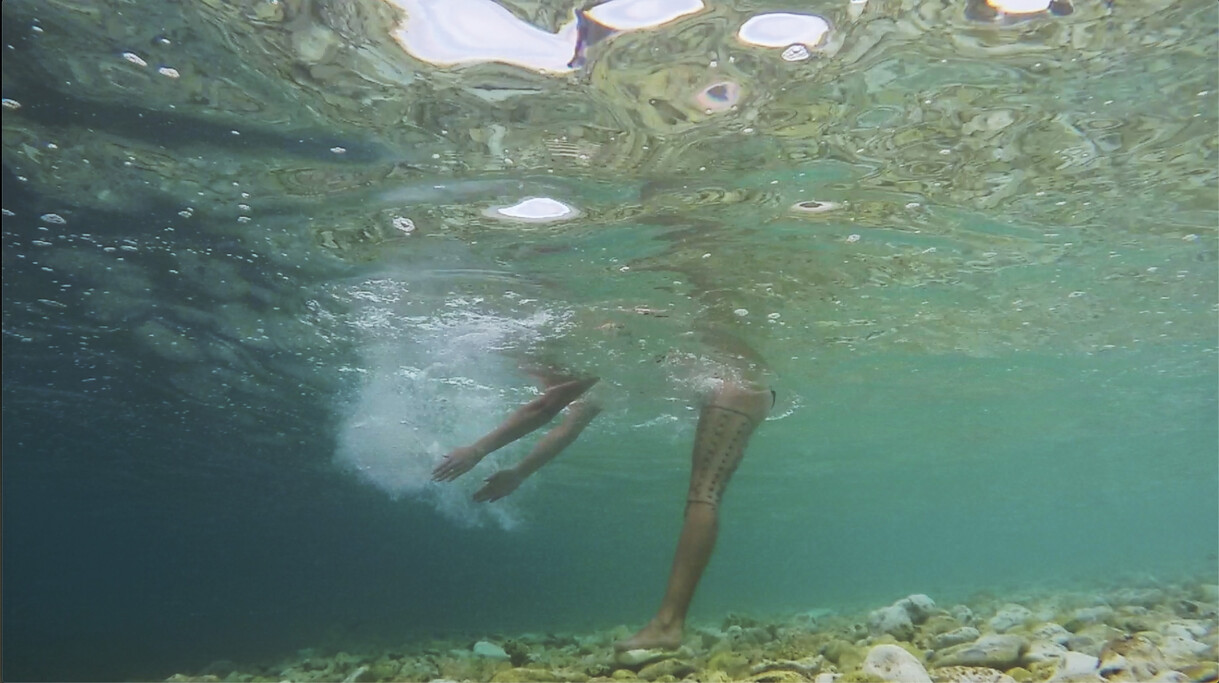
Te Wheke: Pathways Across Oceania
Every few years, the curatorial team at Christchurch Art Gallery Te Puna o Waiwhetū embarks on a major rehang of the first-floor collection area. It’s no small undertaking finding fresh ways to combine long-held, well-known works and new acquisitions, looking for combinations that will offer compelling viewing, immersive storytelling and intellectual engagement to our wide and evolving visitor base. This time, director Blair Jackson added another dimension to our task, challenging us to reimagine the physical orientation of the spaces to encourage visitors to interact with the architecture in a completely different way.
Director's Foreword

Director’s Foreword
Welcome to the autumn issue of Bulletin. Here at the Gallery, we’re about to move into a major changeover as we rehang our upstairs collection galleries. When they reopen again on 10 April, the whole space will have been given over to a major new exhibition.
Notes
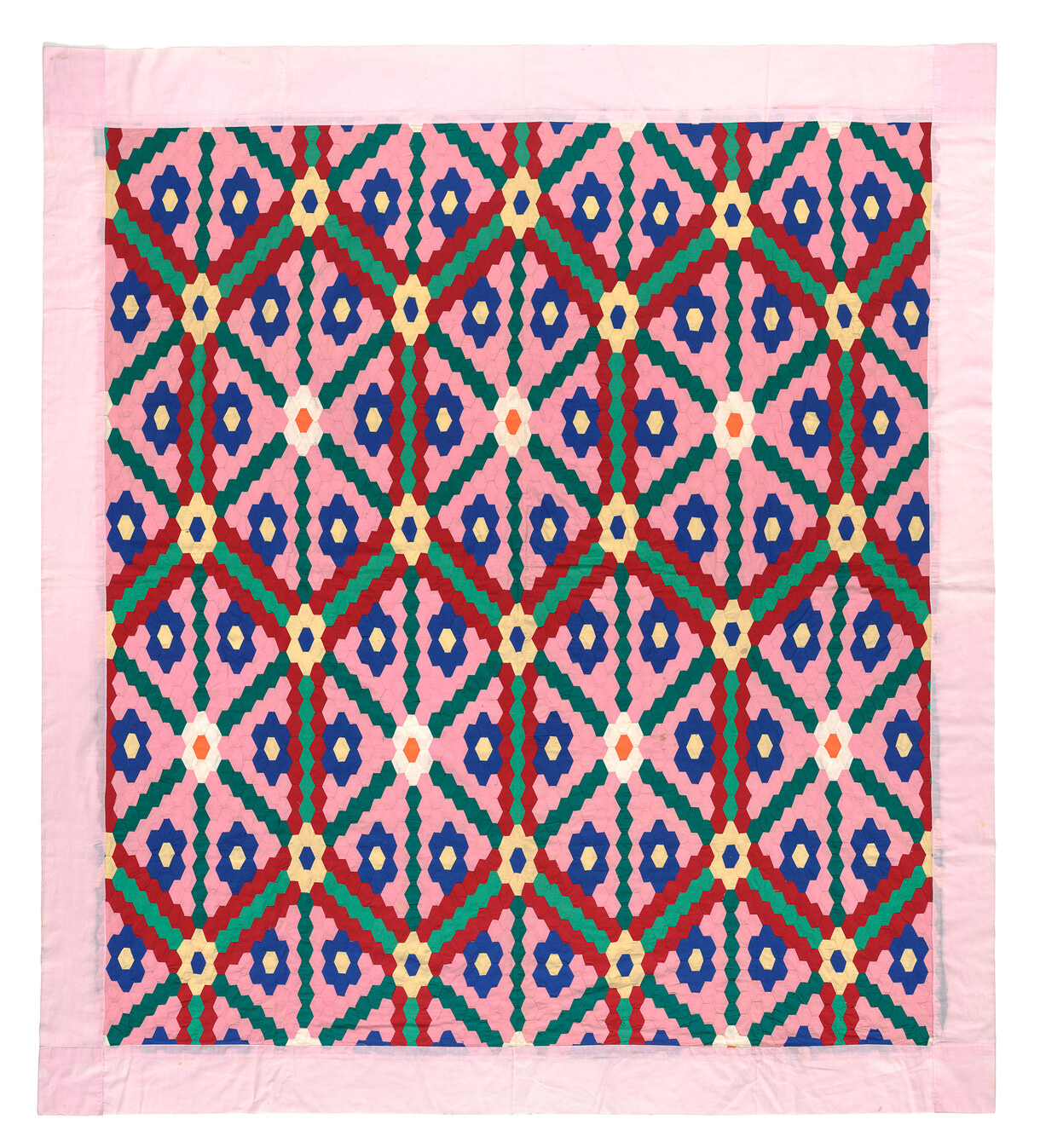
All Art All Summer at Christchurch Art Gallery
In many ways, we’re all a captive audience this summer, and Christchurch Art Gallery Te Puna o Waiwhetū’s All Art All Summer season will bring local crowds face to face with work from local artists and some of its must-see treasures from 5 December 2020.
Notes

Te Wheke celebrates Ōtautahi Christchurch’s place in the Pacific
An immersive exhibition that explores art through our connections with the Pacific will be unveiled at Christchurch Art Gallery Te Puna o Waiwhetū on 30 May.
Notes
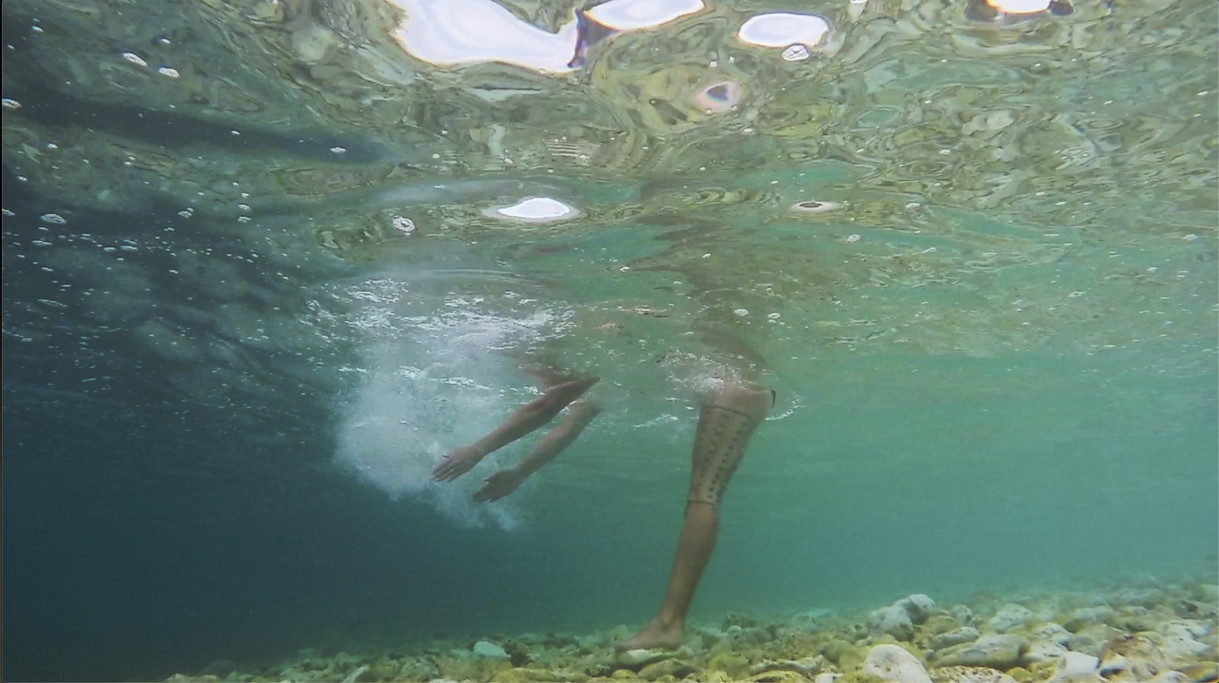
He Toka Tū Moana
The Māori whakataukī or proverb “He toka tū moana” uses the image of a rock that stands firmly in the ocean to describe someone steadfast and strong in their culture or beliefs, who defies all opposition.
Notes
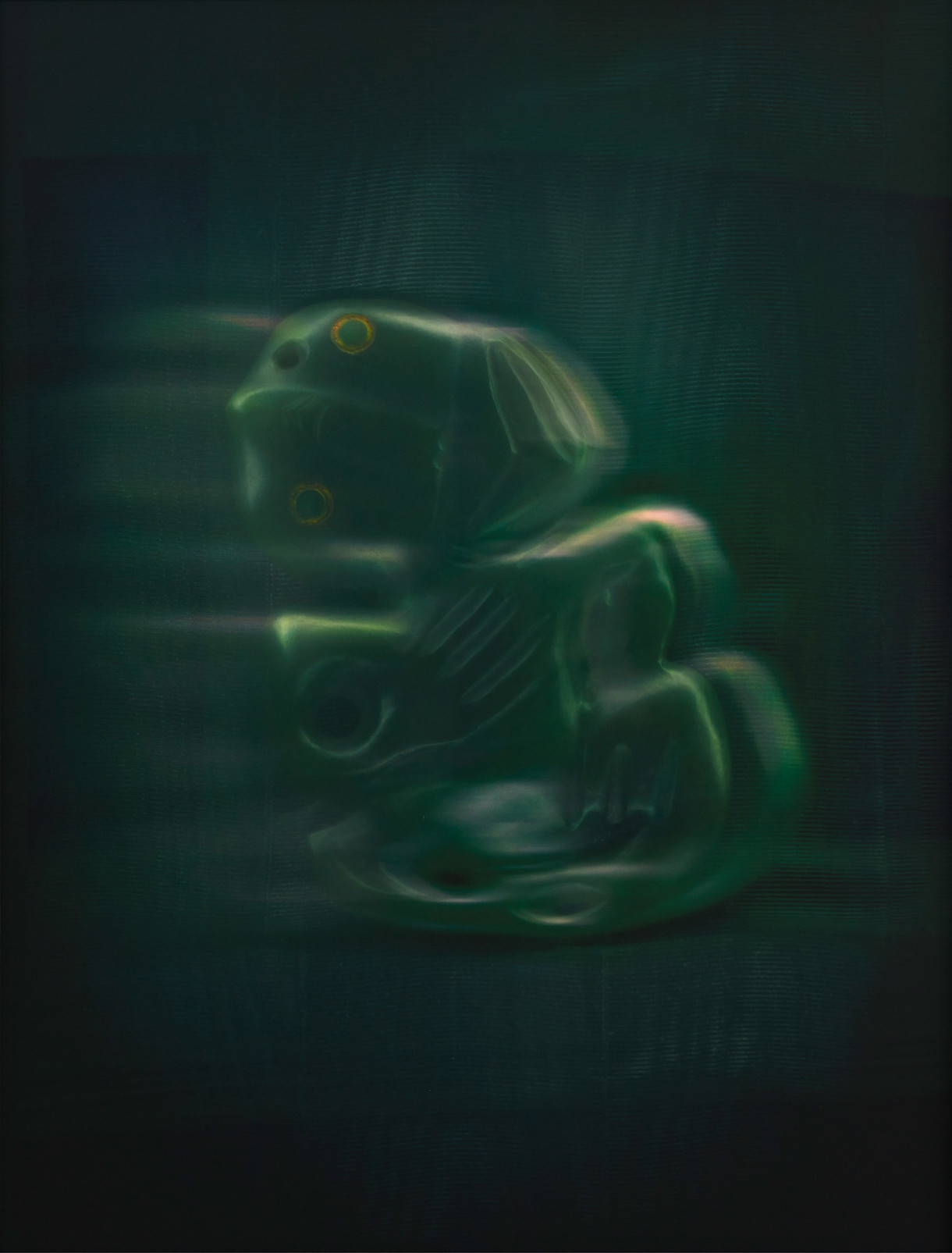
Puta Noa I Te Ao / In the World
Artists from Aotearoa New Zealand are often well-travelled. Feeling the distance of Aotearoa from the world’s centres of art, they have often been drawn overseas to study and work, contributing to the art history of their adopted countries as well as this one.
Notes

He Ara / Pathways
Aotearoa New Zealand is part of a submerged Pacific continent, which broke away from the Gondwana supercontinent millions of years ago to create two major islands – Te Ika a Māui / the North Island and Te Waipounamu / the South Island.
Notes
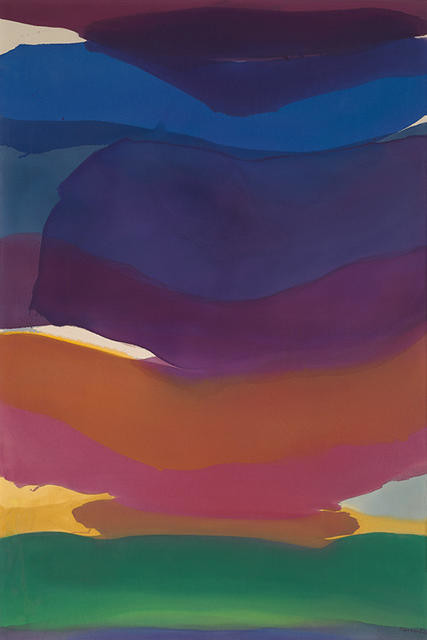
Paerangi / The Fold in the Sky
The connection between land and sky is important in te ao Māori. In Māori creation, Papatūānuku (the earth mother) was separated from Ranginui (the sky father) by their children, creating Te Ao Mārama, the world of light.
Notes
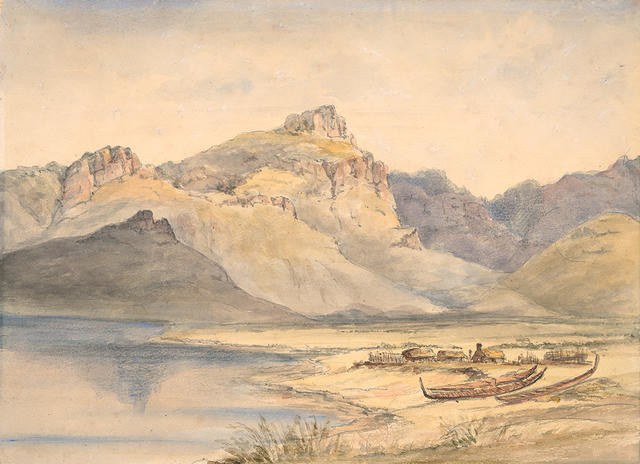
I Tawhiti Ra Ano / From Distant Shores
The islands of Te Moana-nui-a-Kiwa / the Pacific were settled by remarkable ocean voyagers over many thousands of years. Aotearoa New Zealand was peopled through major waves of migration from the 1200s and later the mid-1800s. The seas of Oceania are like vast pathways; ever-present reminders of distant shores.
Notes
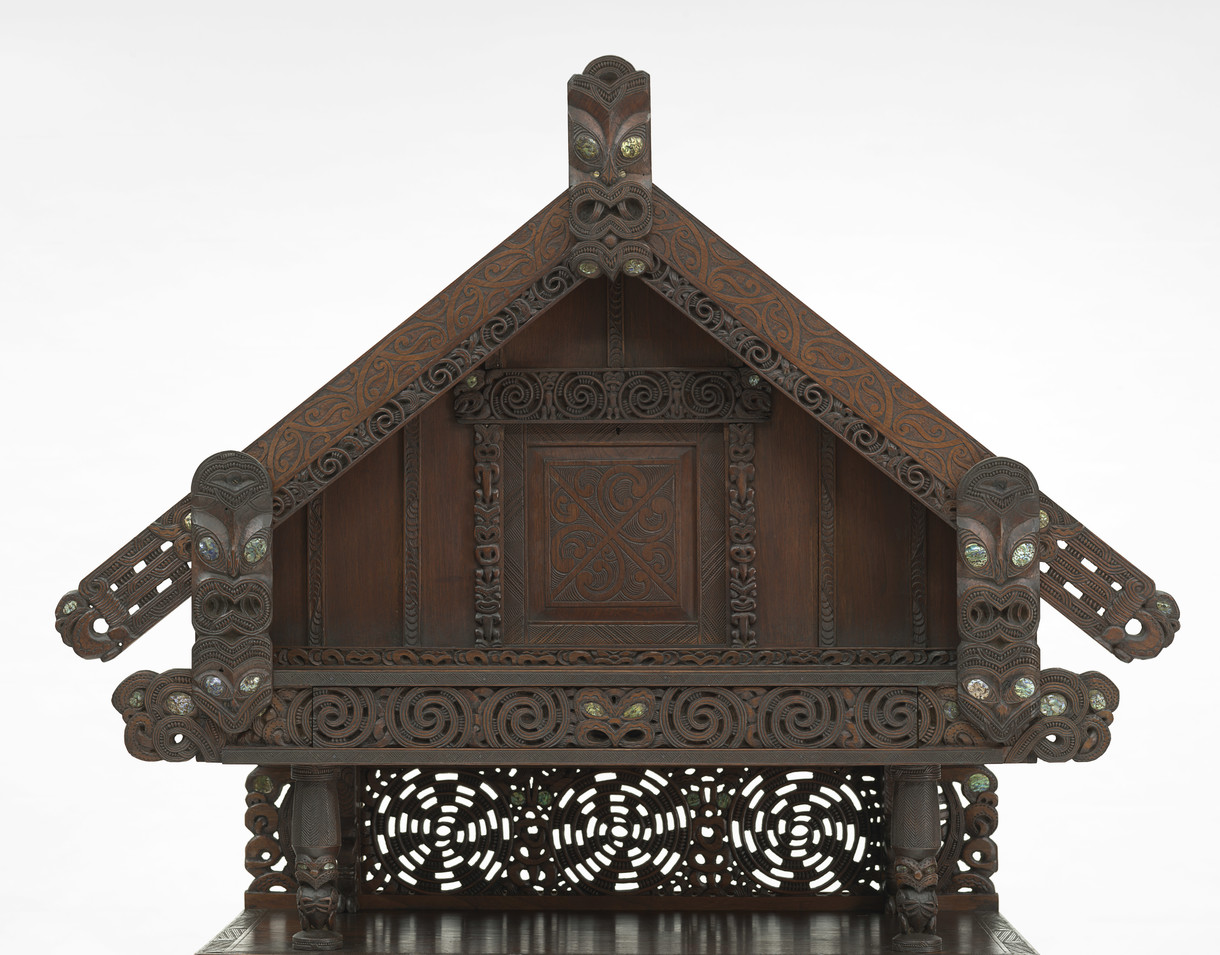
Ko Enei Tauira Ataahua / These Beautiful Patterns
From a present-day perspective, the appropriation of customary Māori art forms and practice by Pākehā artists can be disconcerting, a more-than-awkward crossing of cultural lines.
Notes

Kanohi Ki Te Kanohi / Face To Face
In te ao Māori, portraiture can encompass rangatiratanga (stewardship), whanaungatanga (kinship or connectedness), manaakitanga (kindness towards others) and whakapapa (ancestral genealogy). A sense of wairua (the spirit of a person) also resonates within these treasured portraits.
Notes

Ātea
In te ao Māori, the state of a space when cleared of obstruction is called ātea. This concept was brought to Aotearoa New Zealand from the islands of Te Moana-nui-a-Kiwa / the Pacific Ocean by Polynesian ancestors.
Notes
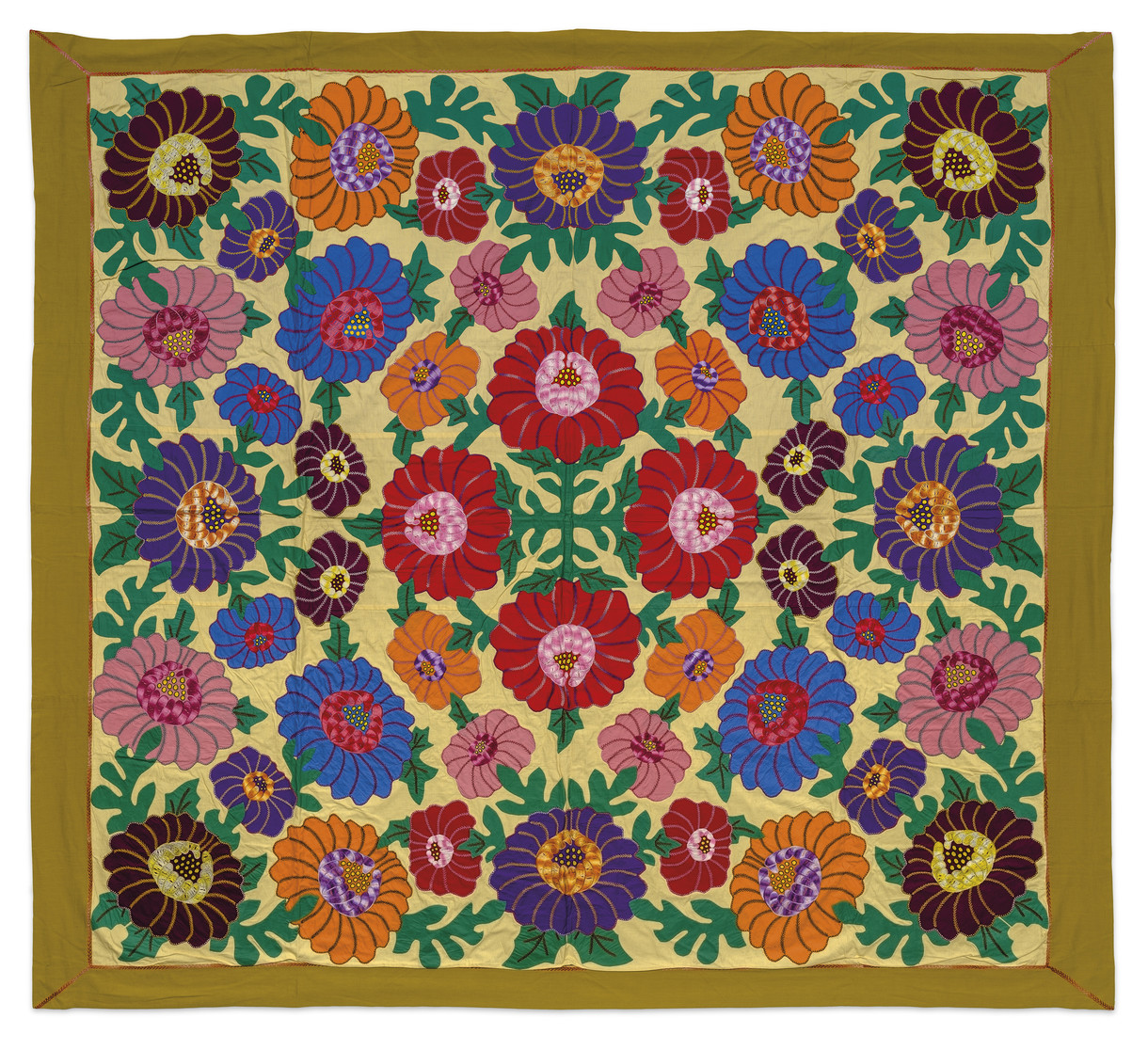
Hawaiki Tautau Atu, Hawaiki Tautau Mai / A Distance Draws Near
Hawaiki is the ancient homeland of Polynesian people who navigated the seas in double-hulled waka from Rarotonga, Tahiti and Ra’iātea to the islands of the Pacific Ocean, including Aotearoa New Zealand.
Notes
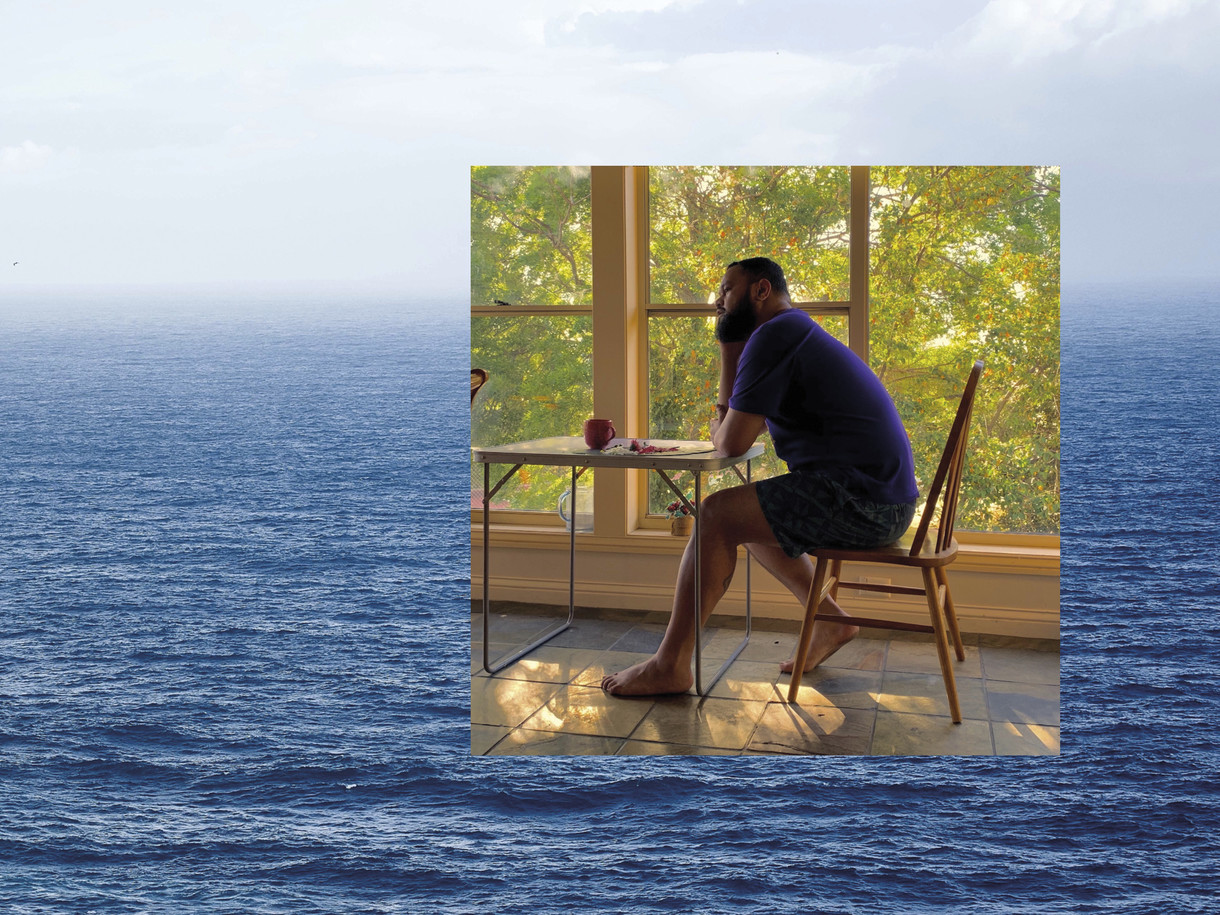
Te Wheke: Pathways Across Oceania
Welcome – nau mai haere mai. Kei Te Ararau o Tangaroa / Pathways Across Oceania is an attempt to understand the Gallery’s collection from the perspective of our place in Te Moana-nui-a-Kiwa, the Pacific Ocean. Full of stories of migration, connection and belonging, this huge new exhibition reflects the connections and tensions that shape our past, present and future.
Notes

Massive wall painting marks opening of Te Wheke at Christchurch Art Gallery
A 36-metre painting by artist Kelcy Taratoa is part of a new exhibition opening at Christchurch Art Gallery Te Puna o Waiwhetū on Saturday.

